We’ve yet to drive it, but paper impressions of the redesigned 2020 Land Rover Defender are strong. Very strong.
The folks at Gaydon have applied a radical, revolutionary approach whilst developing the new Defender, paying homage to its long-standing predecesor while utilizing next-generation 4X4 technology. This is a clean slate, dirty prototype design exercise.
The Body-in-White
Just how far has this rig strayed from its roots? Let’s start with the body-in-white. Whereas the original Defender came equipped with a traditional body-on-frame steel structure, the new Defender sports an all-aluminium monocoque space-frame which is three times more rigid than the body-on-frame design it replaces. This, while shaving hundreds of pounds from the curb weight.
This development alone is enough to give Defender purists pause. I’ve read chatter online wherein seasoned off-roaders have questioned the move away from a body-on-frame design. But with triple the strength engineered into the chassis, what’s not to love? This is the strongest chassis Land Rover has ever built.
The new chassis – dubbed the D7x – borrows from the aluminum architecture found in its LR Discovery and Range Rover siblings, but it has been heavily revised to handle the abuse it will most certainly be subjected to in the years and decades to come.
“But what about winching this thing out from a bog?!” exclaim the naysayers. To their point – a bent space-frame is a write-off, after all.
Fear not, as Land Rover has engineered the new Defender to handle 10 tons of tensile stress from its front and rear recovery points. That’s enough to turn a first-gen Defender into a parallelogram. Land Rover simply aren’t messing around with this one.
And they ought not, given the significance of the Defender which is, in essence, the spiritual flagship of the marque. Land Rover cut its teeth and built its business on first-gen Defender sales. The Defender became renowned for its remarkable reliability and durability.
The Mission & Durability at Large
The stakes are high, then, for this second interpretation of the Defender; the very reputation of the brand hangs upon its ability to take a pounding. And for what it’s worth, Land Rover is very confident that it will deliver, and then some.
“It has been engineered for better durability and reliability than any car that Land Rover has ever made,” said Andy Deeks, Land Rover engineering team leader for durability and reliability, during an interview with Autocar.
This pronouncement comes after 1.2 million kilometers (745,000 miles) of real-world testing on prototypes, in addition to a punishing simulated testing method coined 6DOF – standing for 6 Degrees of Freedom – which subjected individual Defender prototypes to what engineers have determined to be the equivilency of 10 years of hard use over 240,000 kilometers (150,000 miles), running the truck 24 hours a day for eight weeks. Following torture test cycles, engineers did vehicle tear-downs to determine the weak points, the sources of rattles, and areas of early wear; they then redesigned and re-tested accordingly.
“There are reinforced suspension subframes, as well as new stronger suspension arms, ball joints and bushes,” said Deeks. All of these enhancements were executed after intense testing and simulations. In a sense, the truck is over-built – but aluminium kept it light.
As an aside, Deeks evidently uses the term “car” loosely – this Defender is more truck than some pickups.
Capability
Again, the new Defender enters the ring as a clean-slate tour-de-force. Gone are the original Defender’s live axles; Defender 2.0 brings a fully independent suspension to the 4X4 mix.
This will also raise some eyebrows in off-roader circles, and at a few world-stage trail heads. But I suspect the new Defender’s actual capability will raise eyebrows even higher.
Judging by early press photos, the new Defender is endowed with an incredible amount of wheel articulation. It appears the new rig can claw at undulating surfaces at least as well as its forebearer.
“We’ve got bigger wheel arches, more suspension travel, more wheel articulation and more ground clearance than on any other Land Rover,” remarked Deeks.
“If you have the air suspension, we reckon the car is better able to keep its wheels on the ground and its body clear of obstacles than it would on rigid axles anyway.”
The optional air suspension promises to offer drivers a plush ride over rough terrain, while gifting the new Defender with an impressive ride height, offering up a full 11.5-inches of ground clearance – that’s nearly an inch more than that of a Jeep Wrangler Rubicon(!), which sports 10.8-inches of ground clearance from the factory.
Thanks to its towering ride height, the Defender 110 (4-door edition) has rock-crawl-ready approach, breakover and departure angles of 38-, 28- and 40-degrees, respectively. These angles are competitive with the best from any brand – G-Wagen, Wrangler Rubicon and 4Runner included. Once you’ve returned to tarmac, the adjustable suspension can be lowered to improve road holding and efficiency. You may have this wilderness-cake and eat it too.
Once again, if an engineering solution yeilds better results, what’s not to love? Moving to independent suspension also rids the truck of axle-hop, and gives it newfound on-road sporting prowess. More on that later.
The Defender will defend its birthright with proper mechanically-locking center and rear differentials, the rear locker being an optional extra. When traversing less white-knuckled trails, one can rely on the electronic terrain response system to keep un-stuck.
Like a Duck to Water
We would generally discourage aquatic adventures in any truck, but with an unprecedented factory-approved wading depth of 35.4-in (900mm), the new Defender fancies going for a swim. An available factory-installed snorkel increases the wading depth to, well, roughly the roof. But this depth isn’t recommended shy of a bullet-flying emergency evacuation from lands less hospitable.
Nurburgring Tested
Wait, what? Why even bother tuning a 4X4 on a high-speed test track? As it turns out, Land Rover have pumped a bit of SVR into this rig, and they’re not afraid to throw it into the carousel (picture to prove it, below). Okay, it’s surely slow and ponderous by comparison to any weaponsized SUV, such as the BMW X5M or Jeep SRT, but track testing it to its limits would’ve allowed engineers to tune its handling characteristics to a pleasant degree of sportiness. The Defender may well enjoy turns, even if it’s not exactly quick through them.
Plenty of Engine Options to Suit Your Needs
The global market will see Land Rover’s full gamut of engine options, including torque-rich and highly-efficient diesels. Sadly, some markets will miss out on the diesel option (including the U.S. and Canada, for now), but it’s possible these fuel misers may join the lineup in these countries in due course.
The engine which seems to check all the right boxes is the new 48-volt light-hybrid 3.0-liter six-cylinder dubbed the P400, which packs 395 horsepower and 406 lb-ft of torque thanks to both a conventional twin-scroll turbrocharger and an electric supercharger. This powerplant is reportedly capable of launching the short-wheelbase Defender 90 to 60 mph (96.5 km/h) in a scant 5.8 seconds. That’s fast for a vehicle that has successfully conquered a few of the worlds most iconic off-road trails, including Moab’s “Hell’s Revenge,” “Poison Spider” and “Steel Bender” hellscapes.
A smaller 2.0-liter four-cylinder engine, coined the P300, is also available, offering up 296 hp and 295 lb-ft of torque, with a claimed 0-60 time of 7.7 seconds.
Efficiency figures have yet to be released, but we imagine these engine’s wizardry coupled with the new Defender’s relatively light curb weight, which tops out at 2,342 kilograms (5,165 lbs), will allow for decent fuel-economy figures, and wilderness-worthy fuel range.
A proven eight-speed ZF automatic will transfer power to the full-time 4X4 drivetrain via a two-speed transfer case.
You Can Bring it With You
Maximum towing capacity is set at 3,720 kilograms (8,201-lbs), which means you can tow your now defunct 4X4 behind you, and then some.
Interior space is equally impressive, with a cavernous 2,208 liters (78 cubic feet) available with the seats folded flat.
Still not satisfied? A robust roof rack is capable of supporting 168 kilograms (370 lbs), and a very clever fold-down side ladder provides easy-access to your roof-mounted goodies.
An Interior Worth Spending Time In
Perhaps one of the new Defender’s high points is its avant-garde interior design. An exposed structural beam gives an air of industrial strength, while quality materials, including genuine wood veneers, add opulance to the rugged off-roader. A high-fidelity sound system is lined up to pump the tunes.
One more reason to buy a Defender? Windsor leather. No one does leather like the English.
Back to the Future
Back in 1983 when the original Defender launched, most of what’s described above would’ve been considered heretical, bordering on the supernatural. Here’s to science.
“We’ve embraced the Defender vehicle’s stunning capability and minimalistic, functional interior to reinvent the icon for the 21st century,” said Nick Rogers, Executive Director, Product Engineering, Jaguar Land Rover.
“The new Defender gives us the license to do things differently, to push the boundaries and do the unthinkable, without ever losing the character and authenticity of the original. From the start we had an absolute obsession with functionality beneath the skin, from choosing the right materials through to state-of-the-art connectivity. The result is not only the most capable Land Rover ever made, but also a truly comfortable, modern vehicle that people will love to drive.”
From the paper perspective, this really is the ultimate 4X4. And I’ve put my money where my mouth is – Land Rover Edmonton is currently holding my deposit. Professional engagements require I drive far, far off-road on a regular basis. I’ve been on the hunt for a new 4X4 for some time, as my much-loved Toyota FJ is reaching stratospheric mileage. The Defender 110 is destined to be a great fit – we can’t wait to drive it.
Pricing and Availability
Shiny new Defenders are due to roll into dealerships in the spring of 2020, with deliveries ramping up through the summer. Pricing varies across the globe; Canadian pricing ranges from $65,300 to $93,600 while U.S. buyers can expect to pay roughly 10K less in USD.
Internet’s Most Complete Photo Gallery?
We took the time to load a wide assortment of Defender photos into the below gallery – click through to see the new Defender from every angle.
[Photo credit: Land Rover]

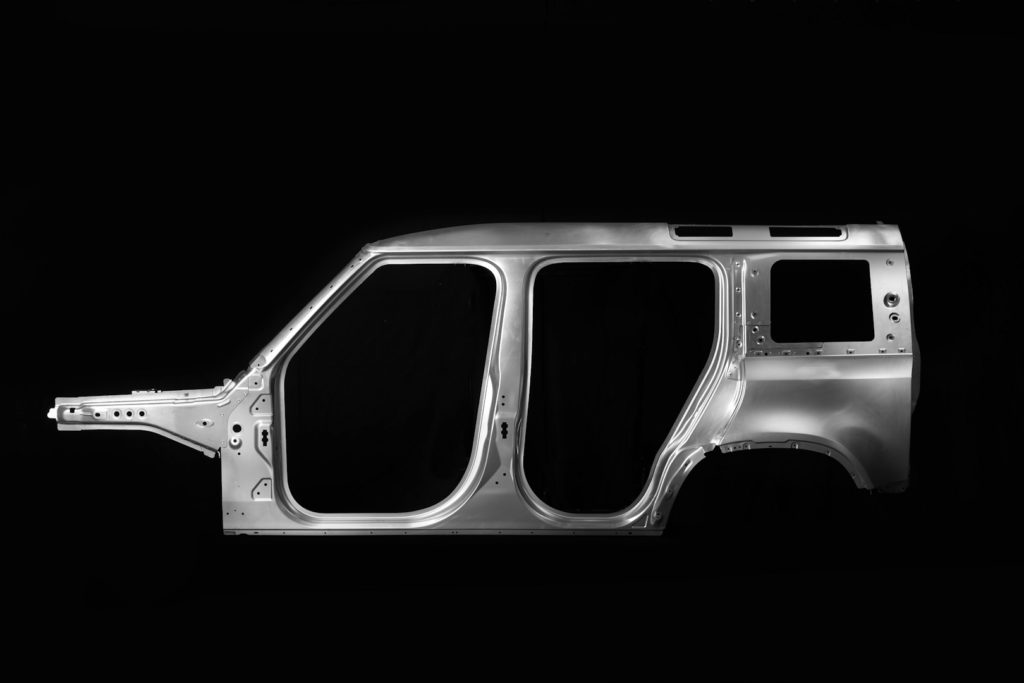
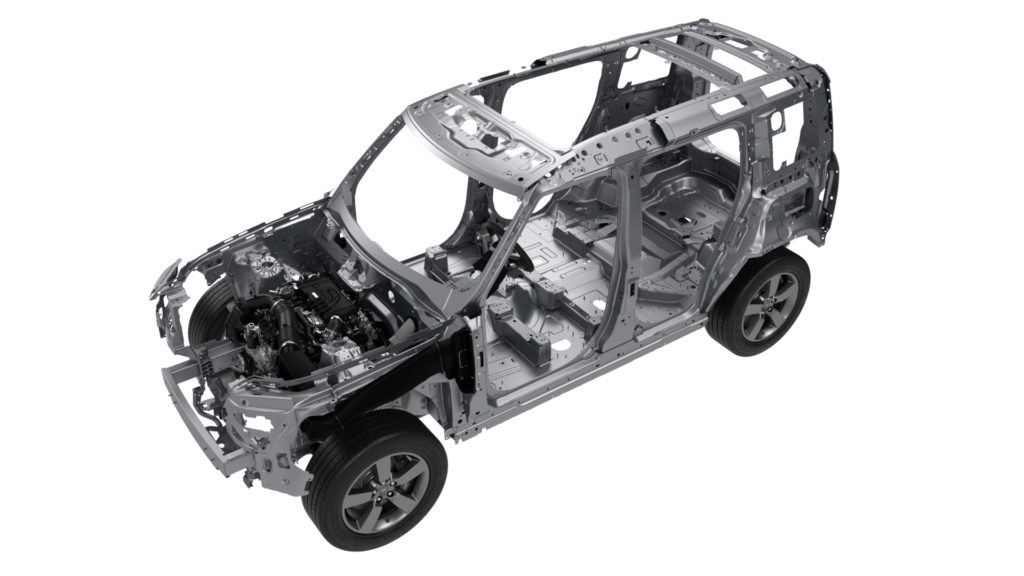
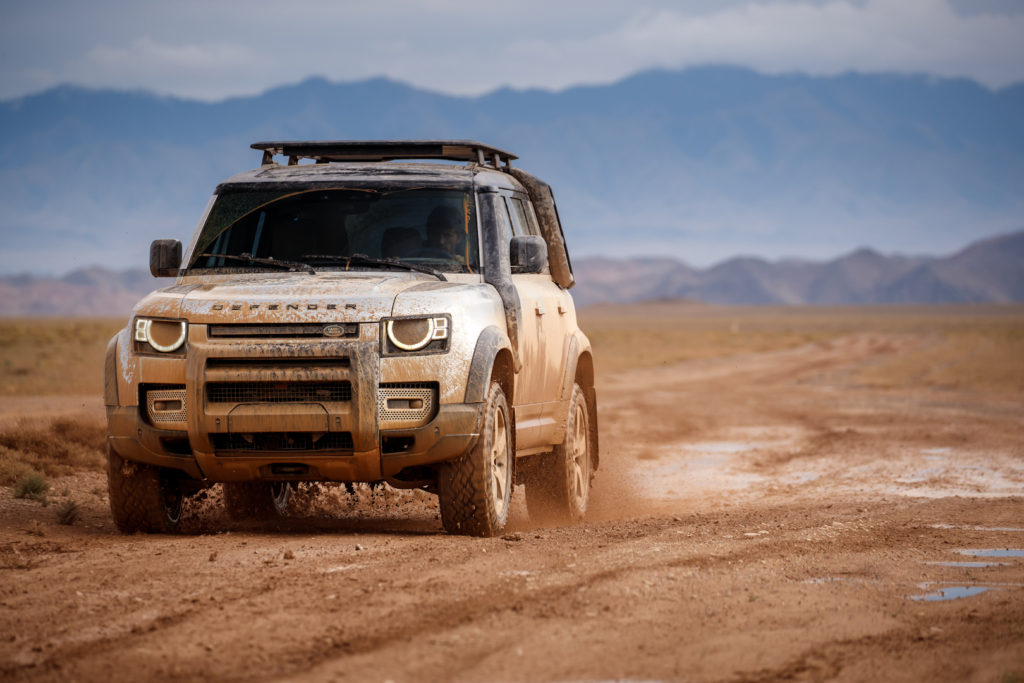

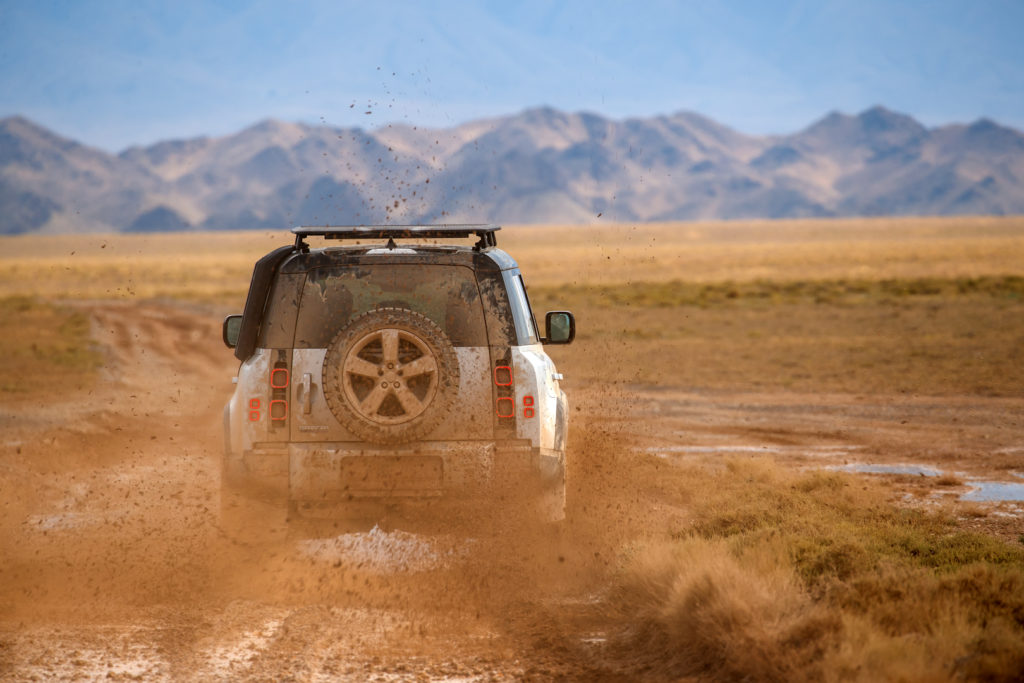
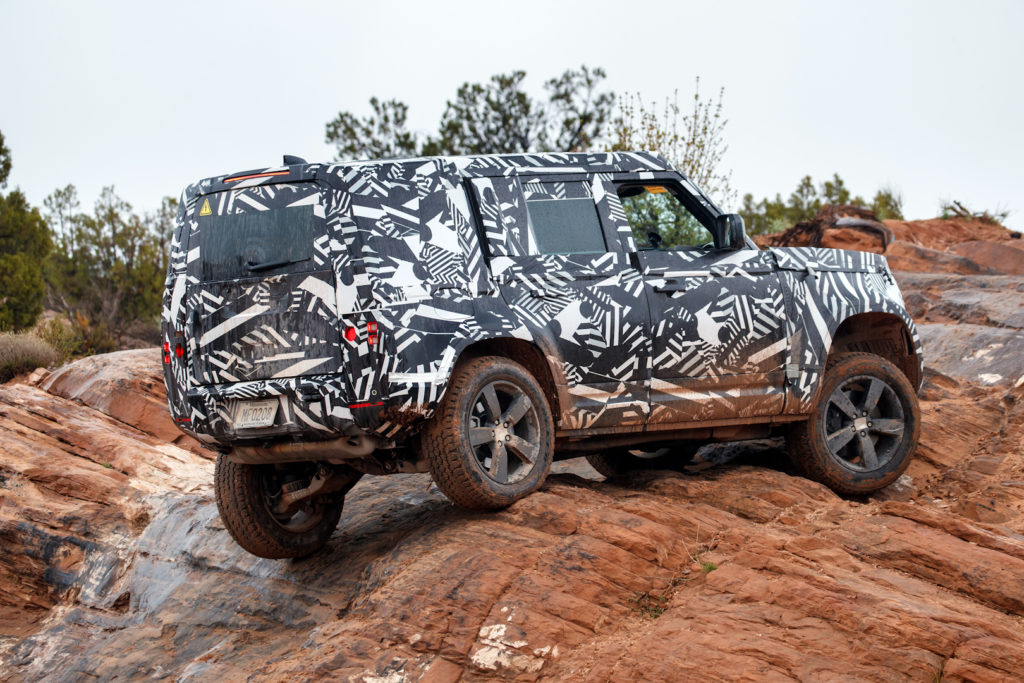
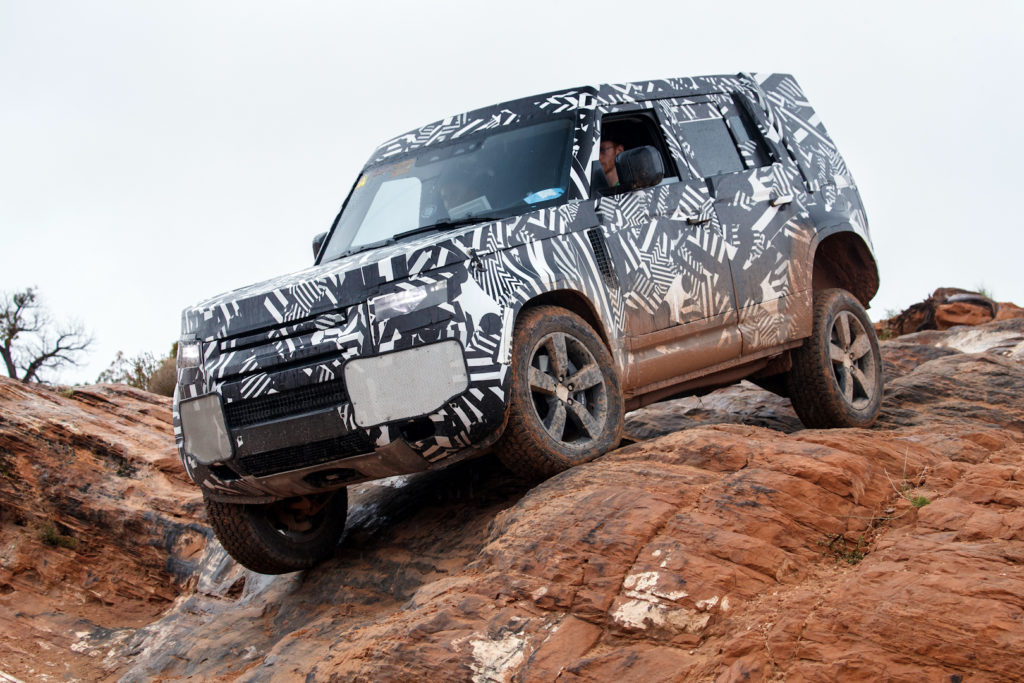
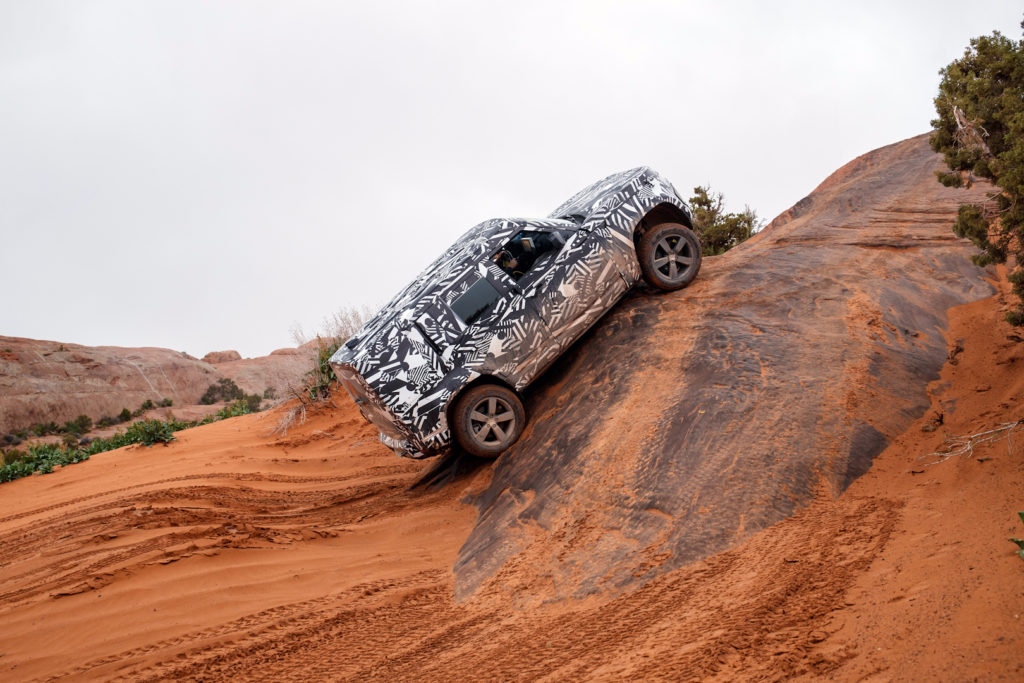
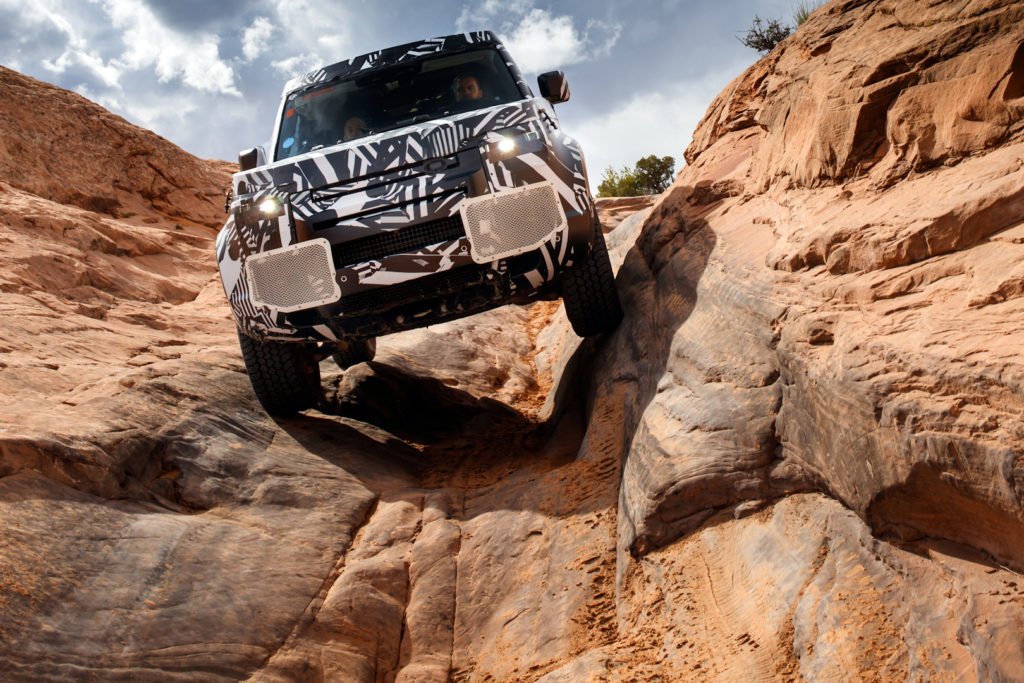
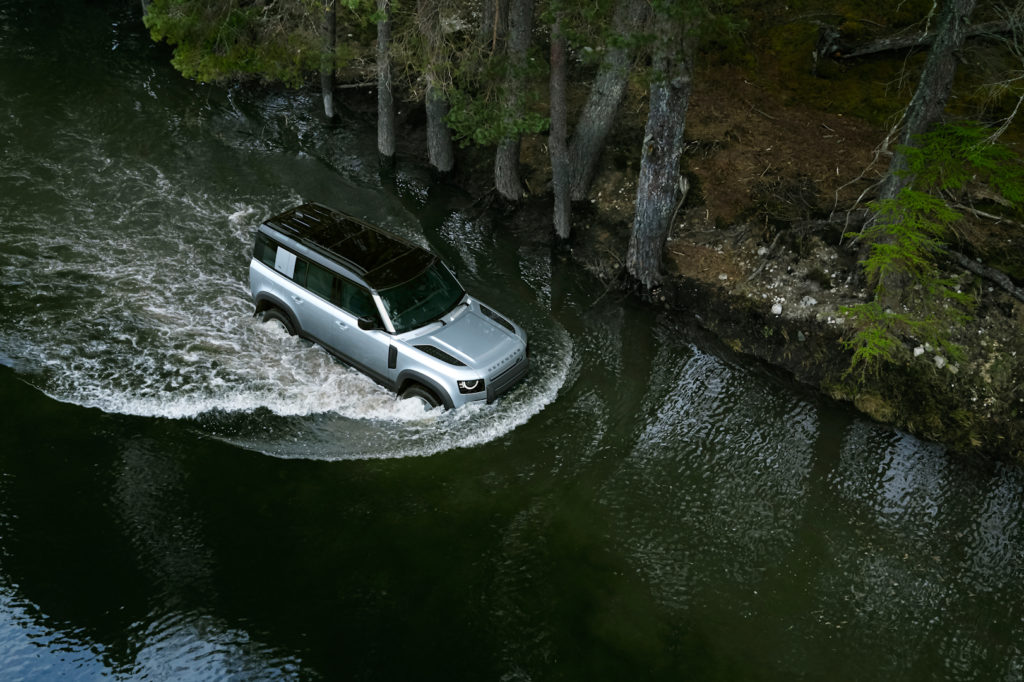
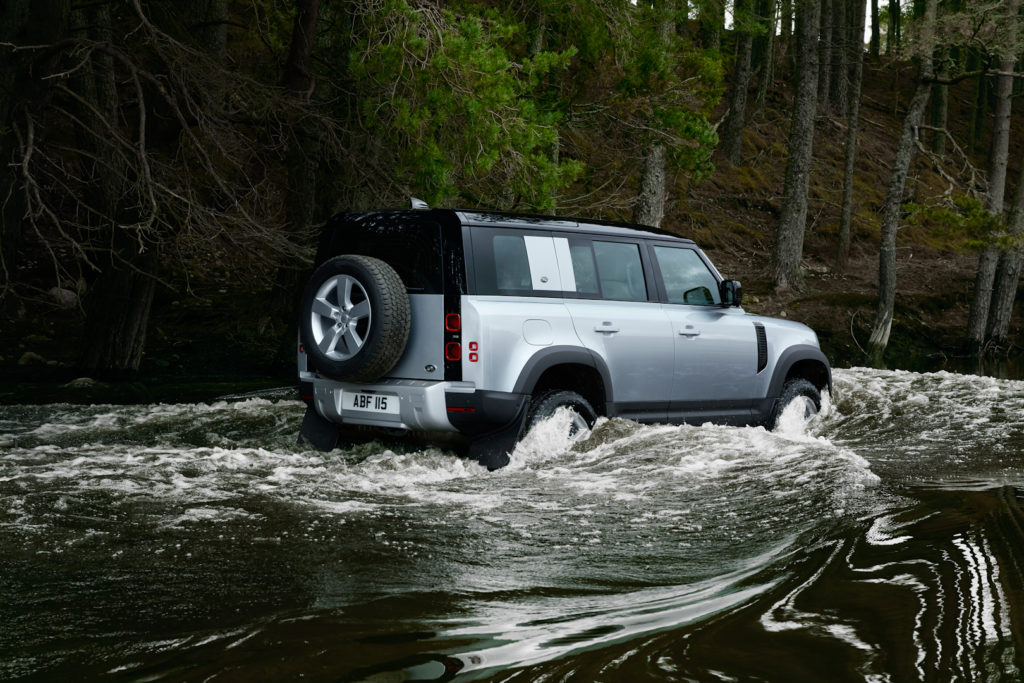

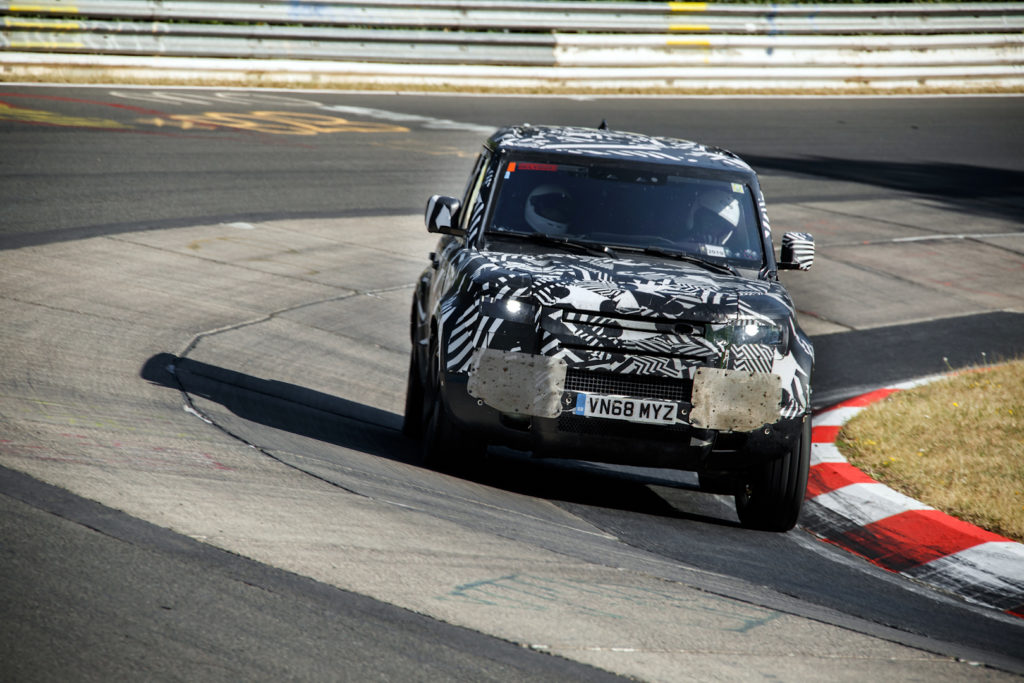
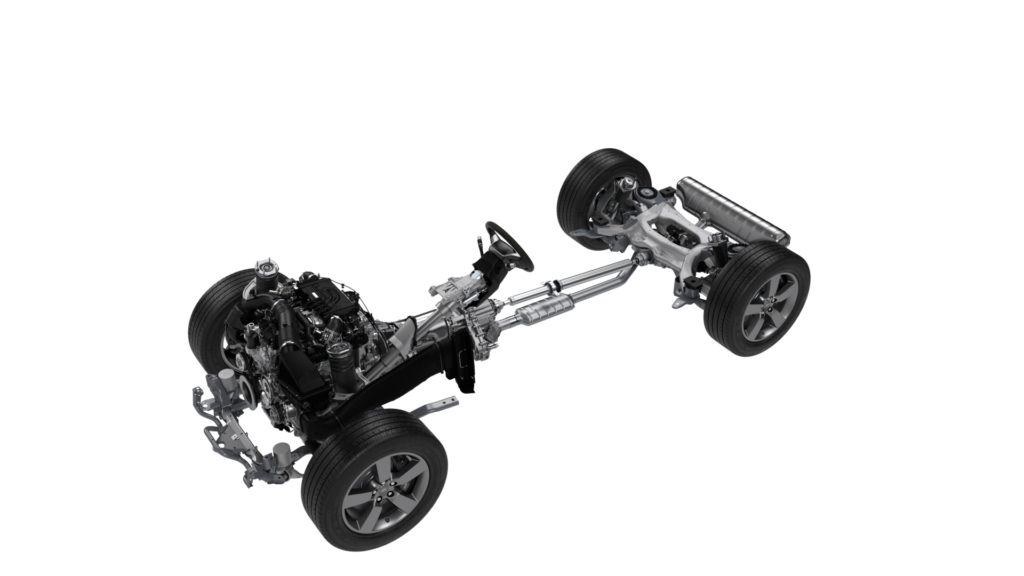
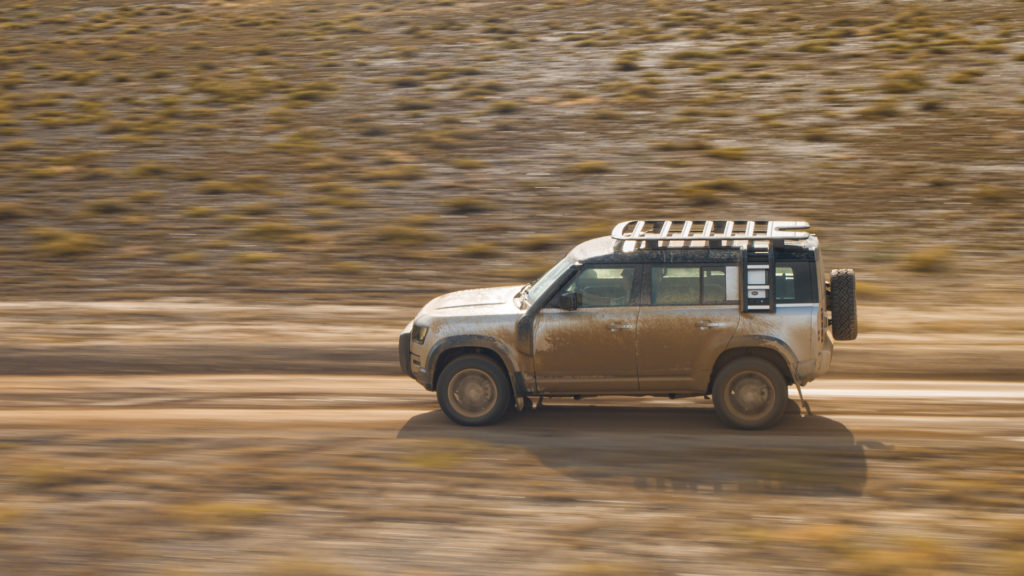
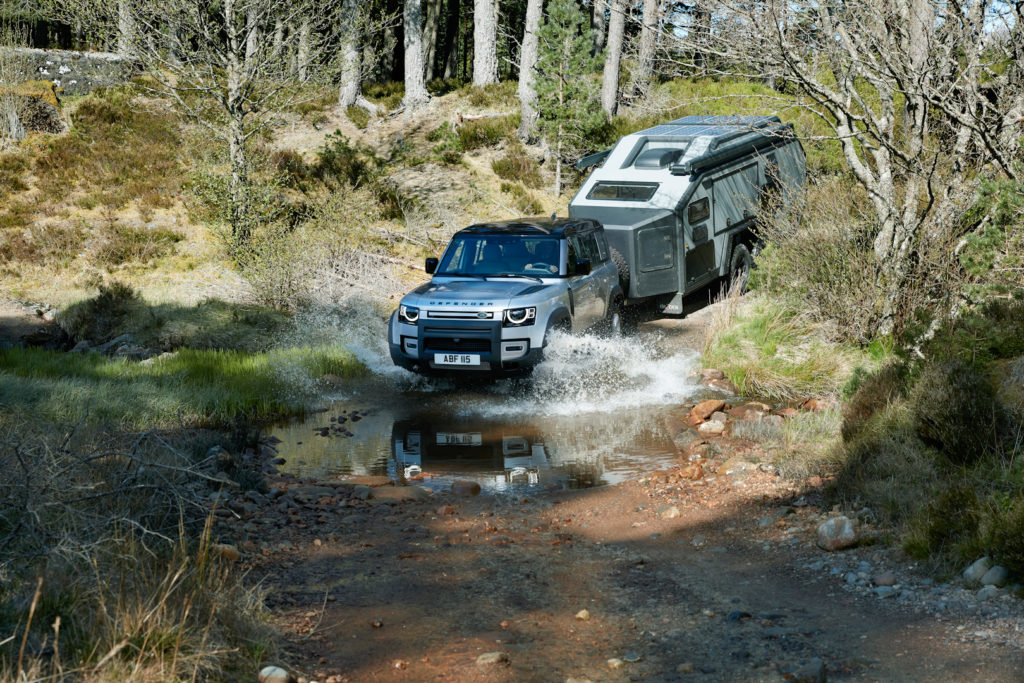
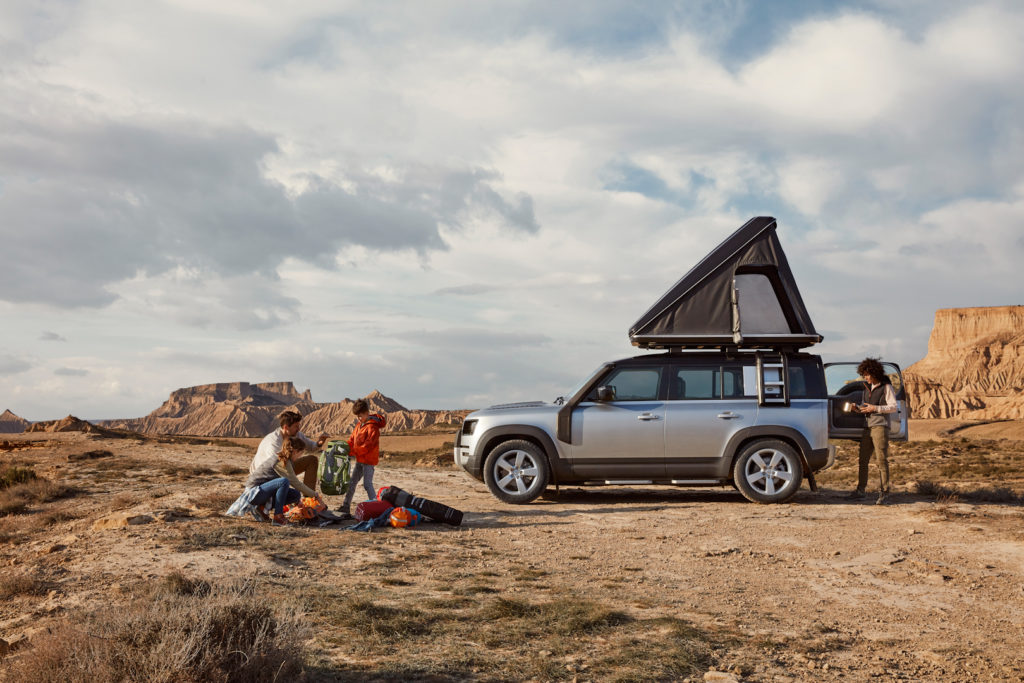
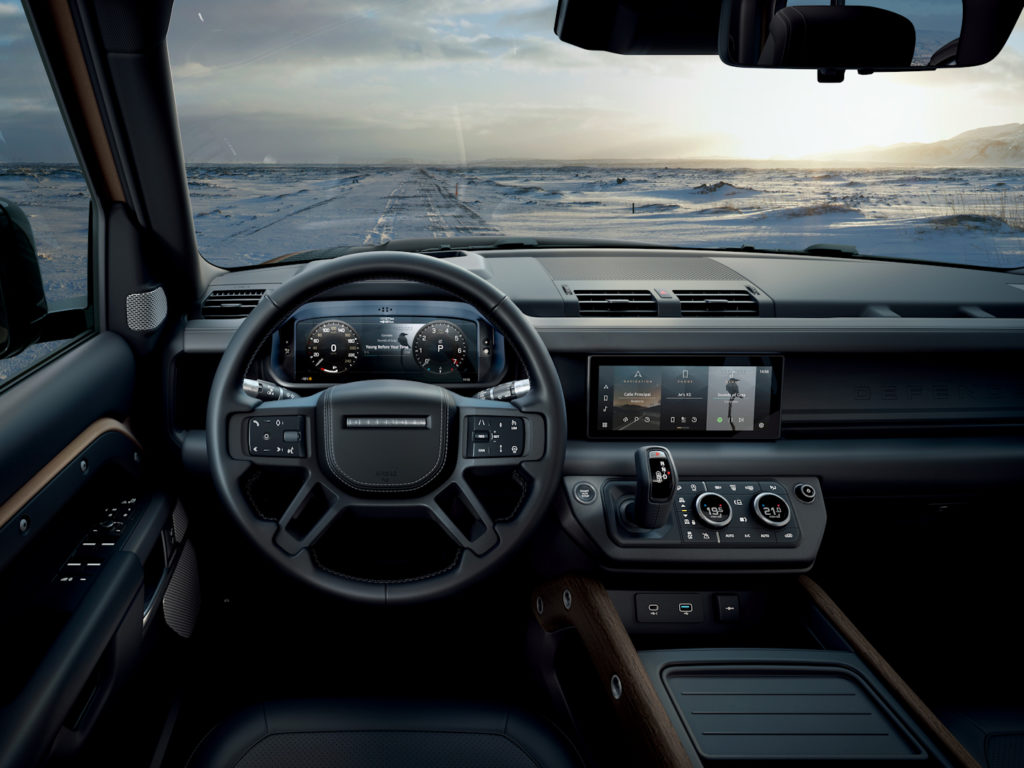
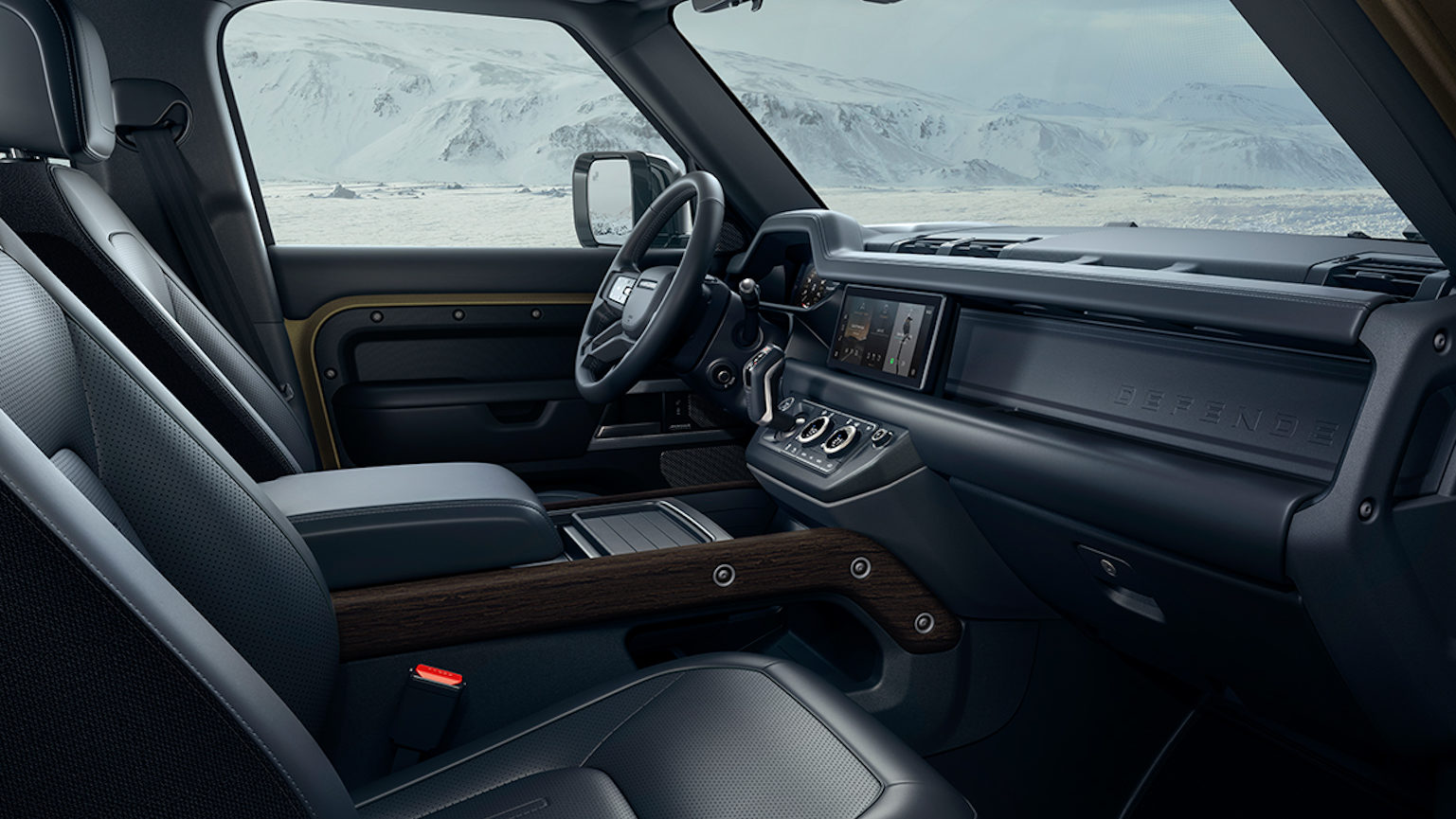
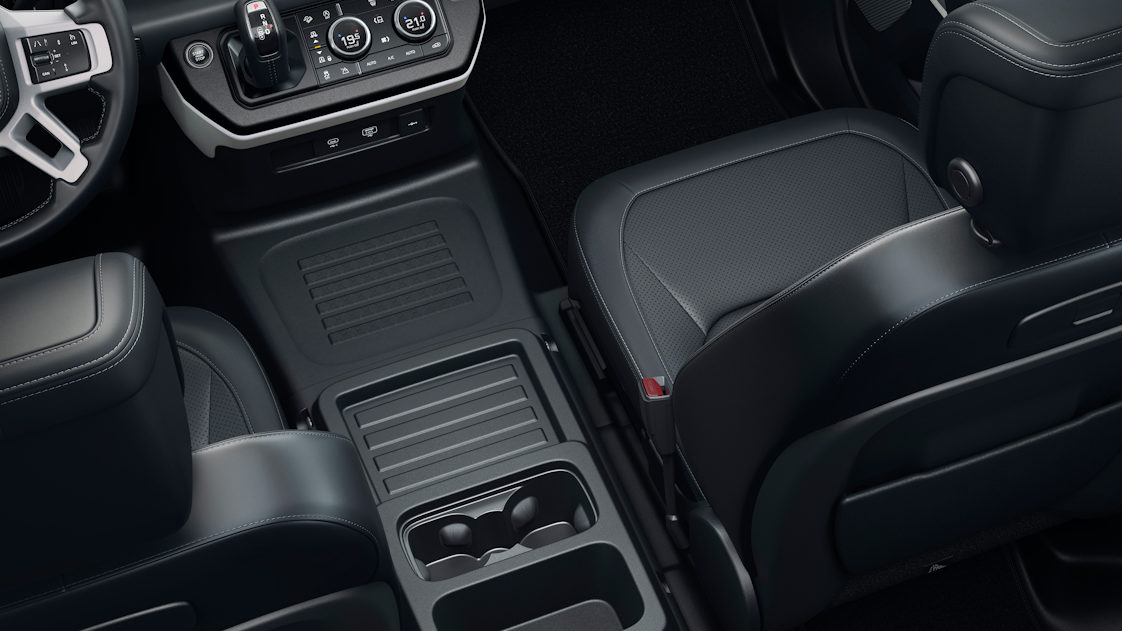
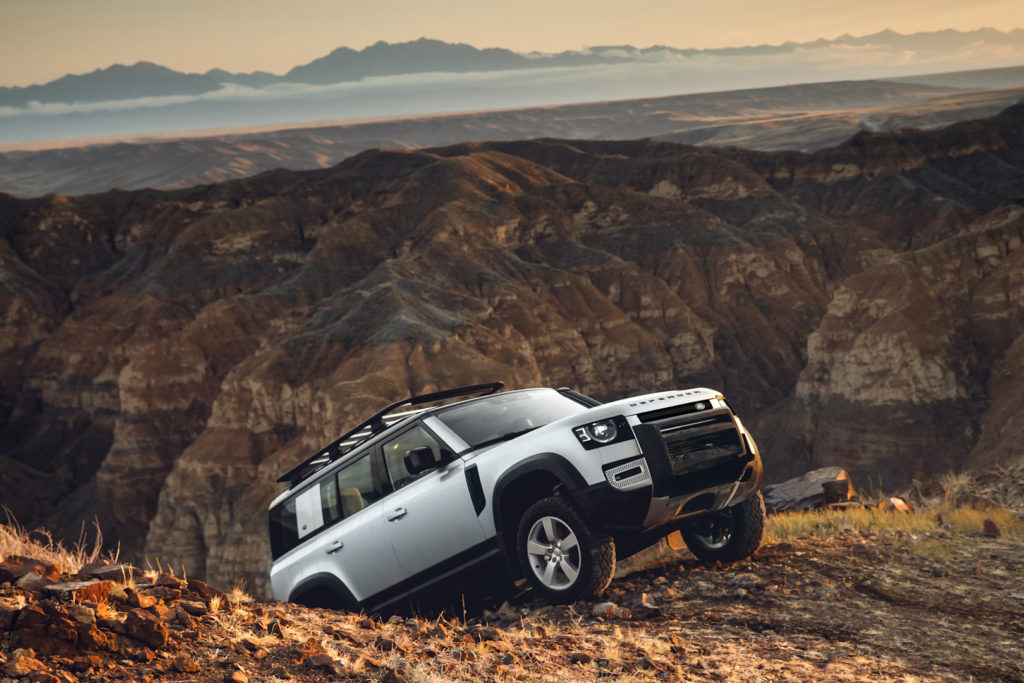
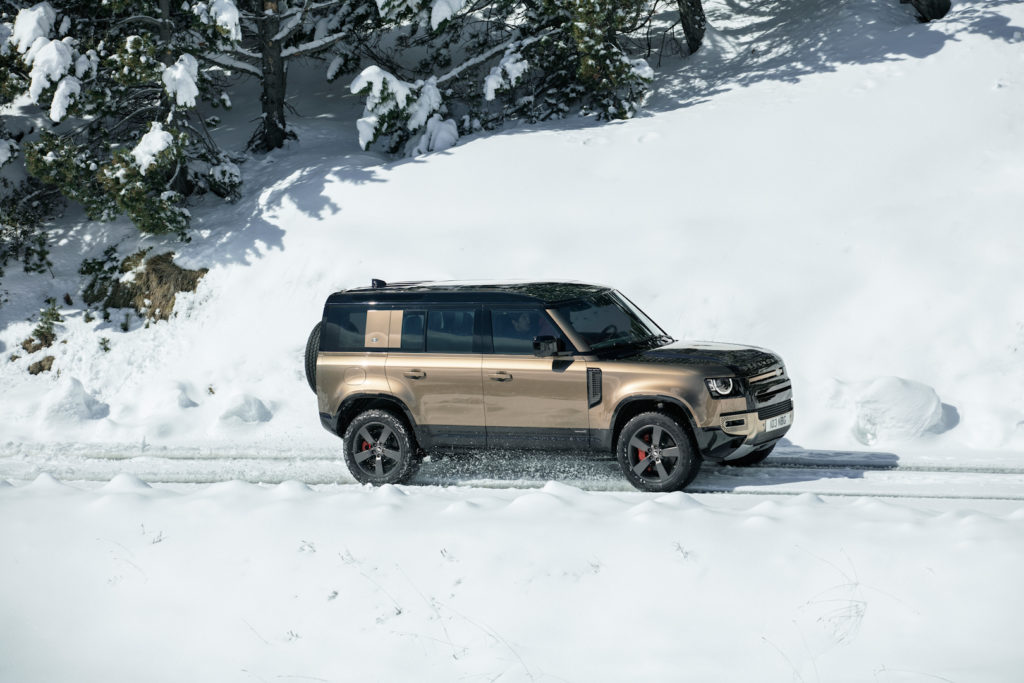


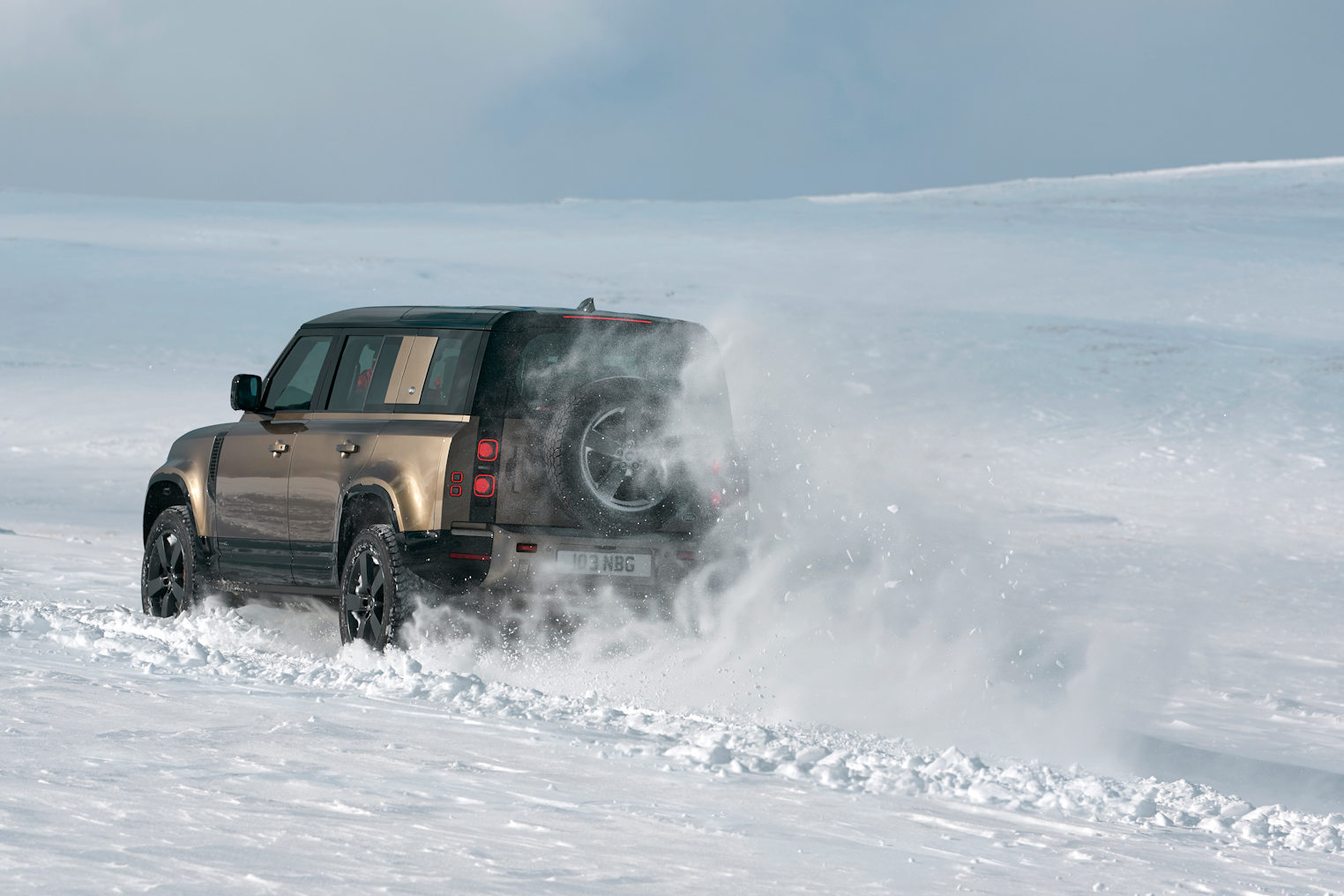
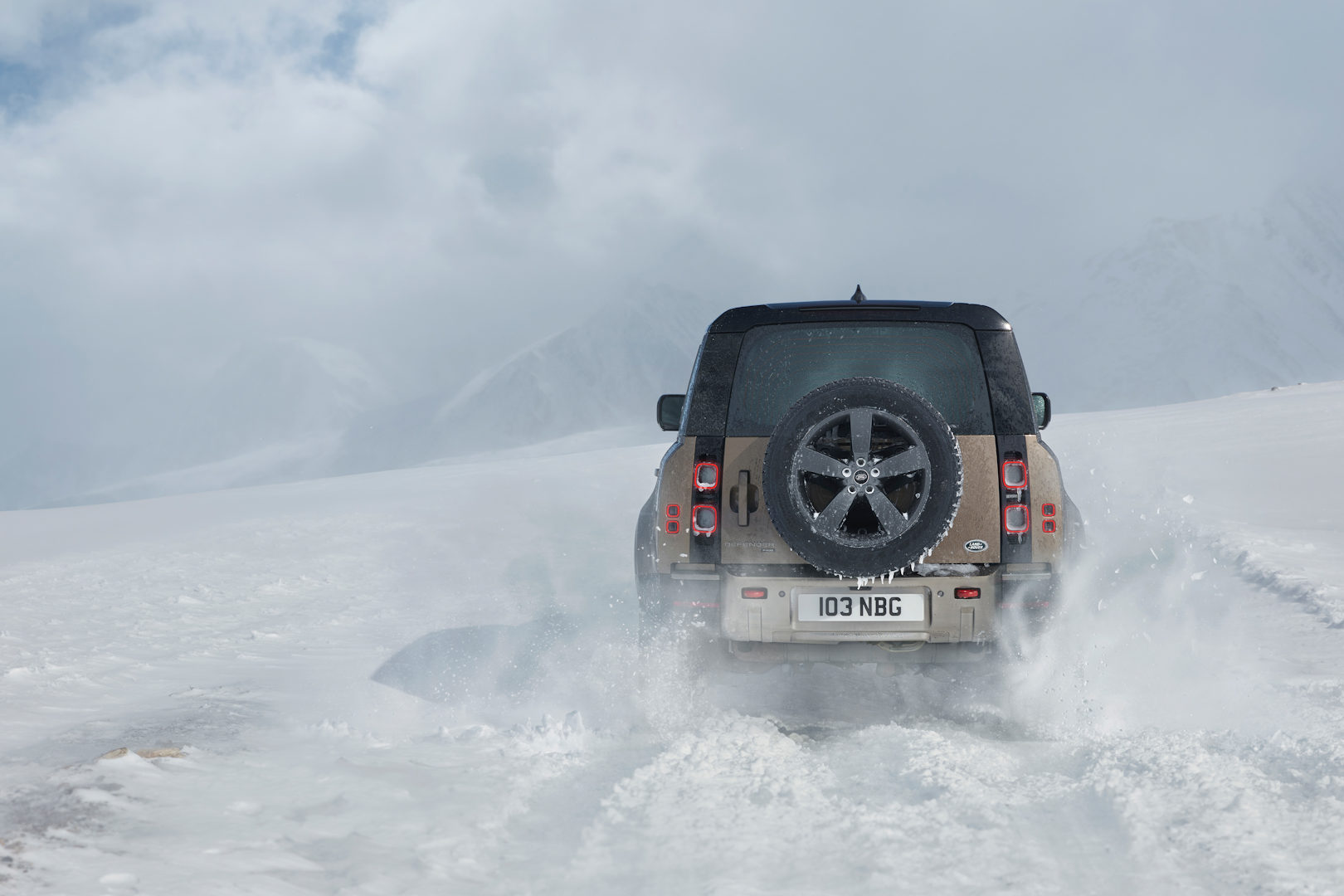


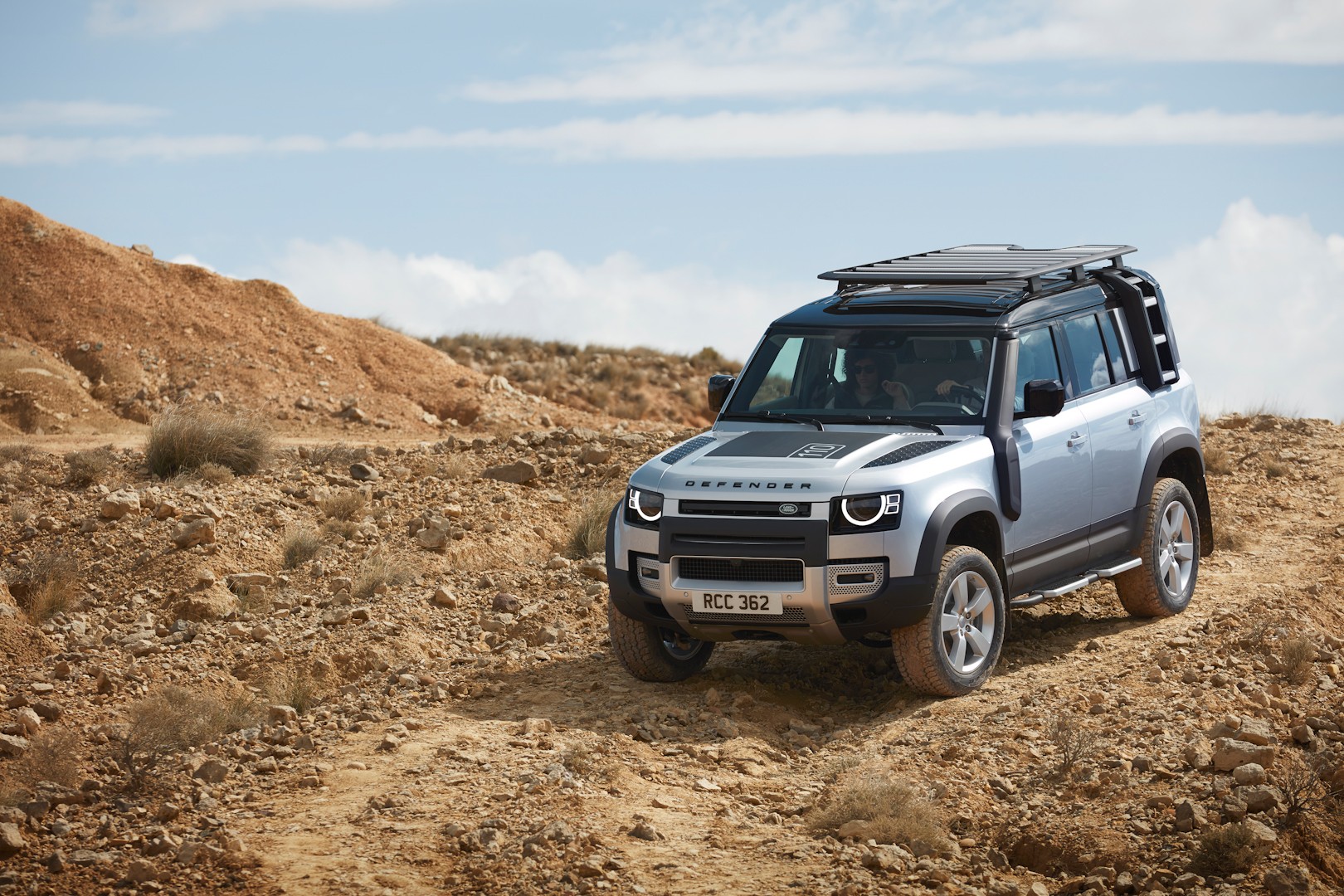
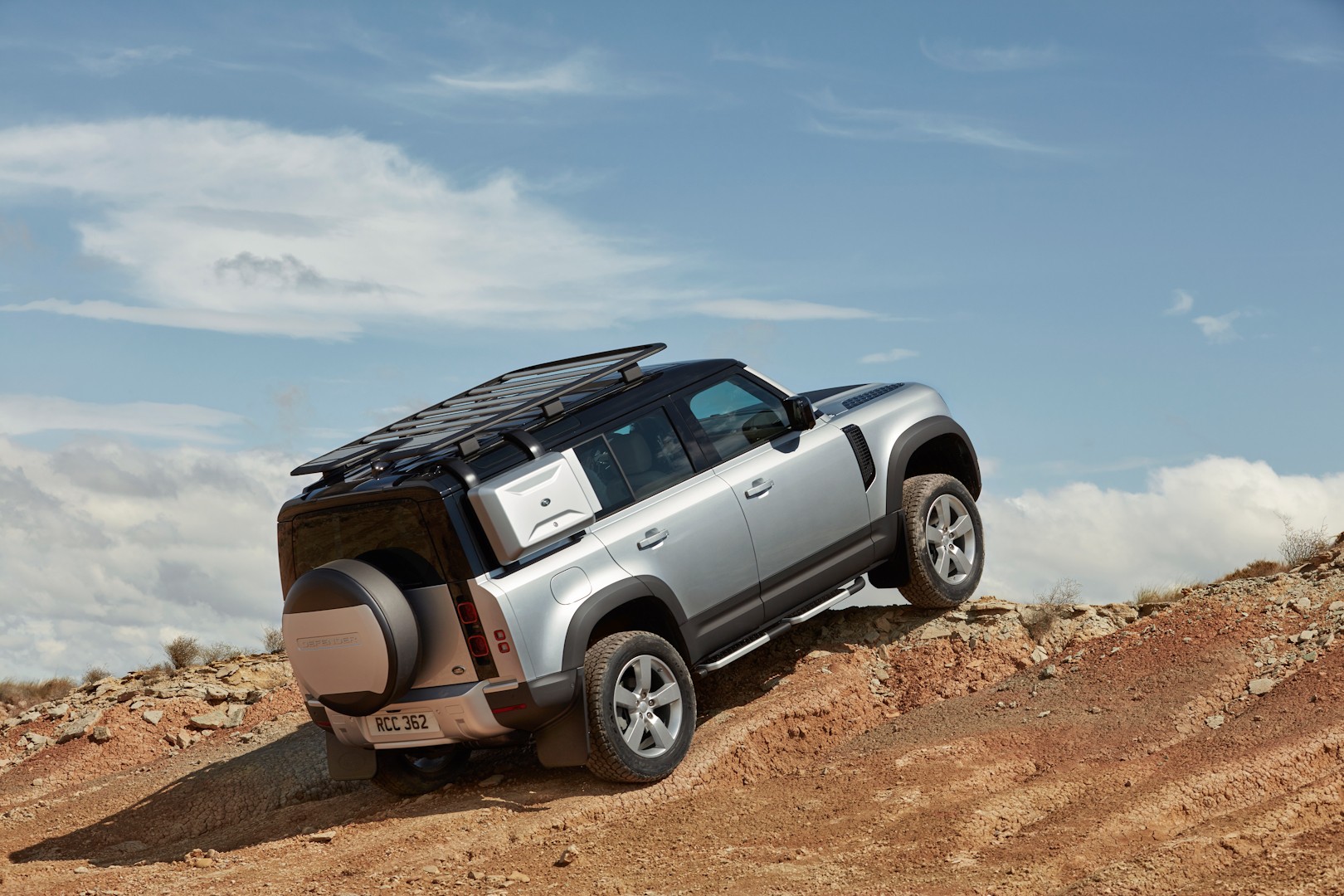
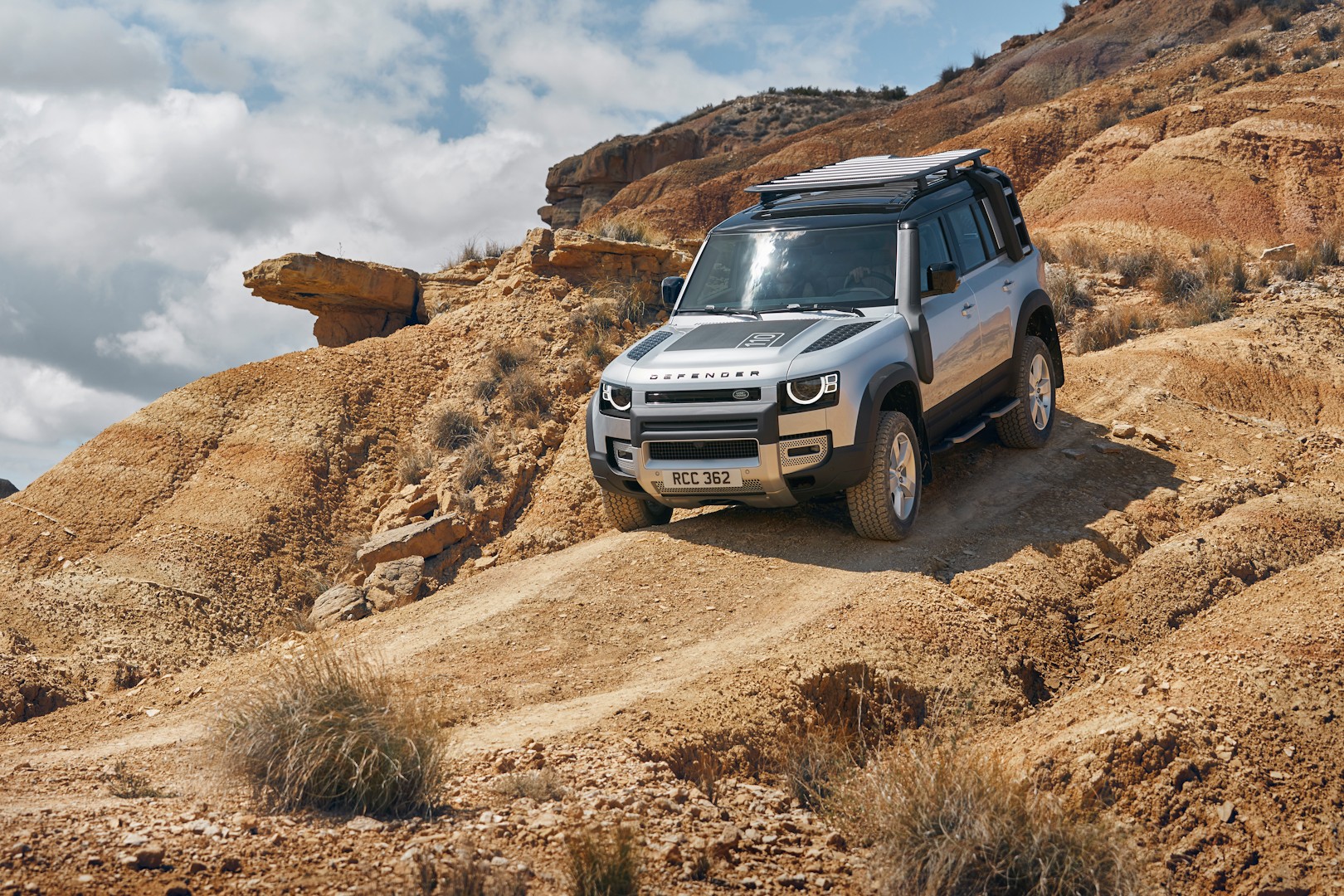
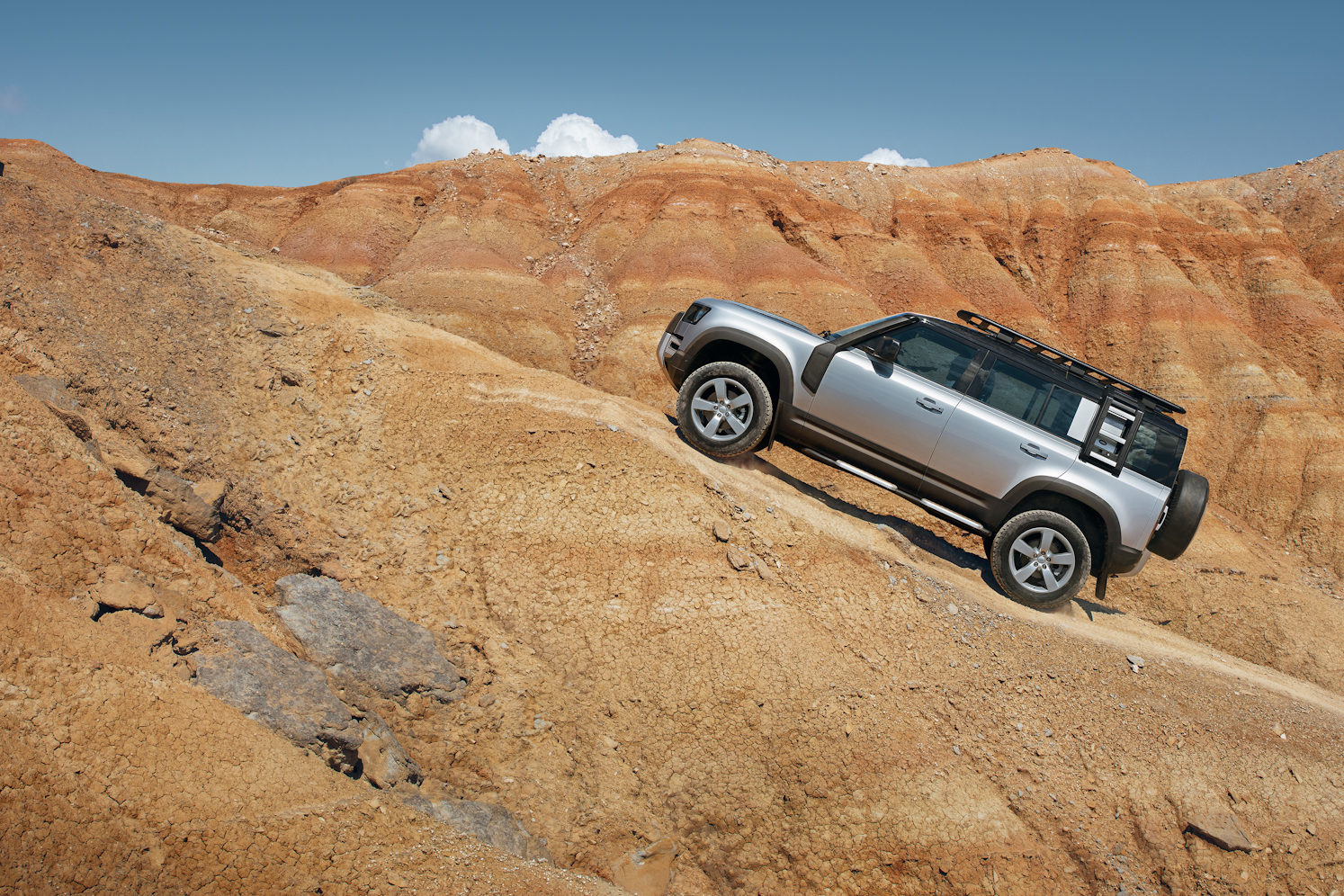
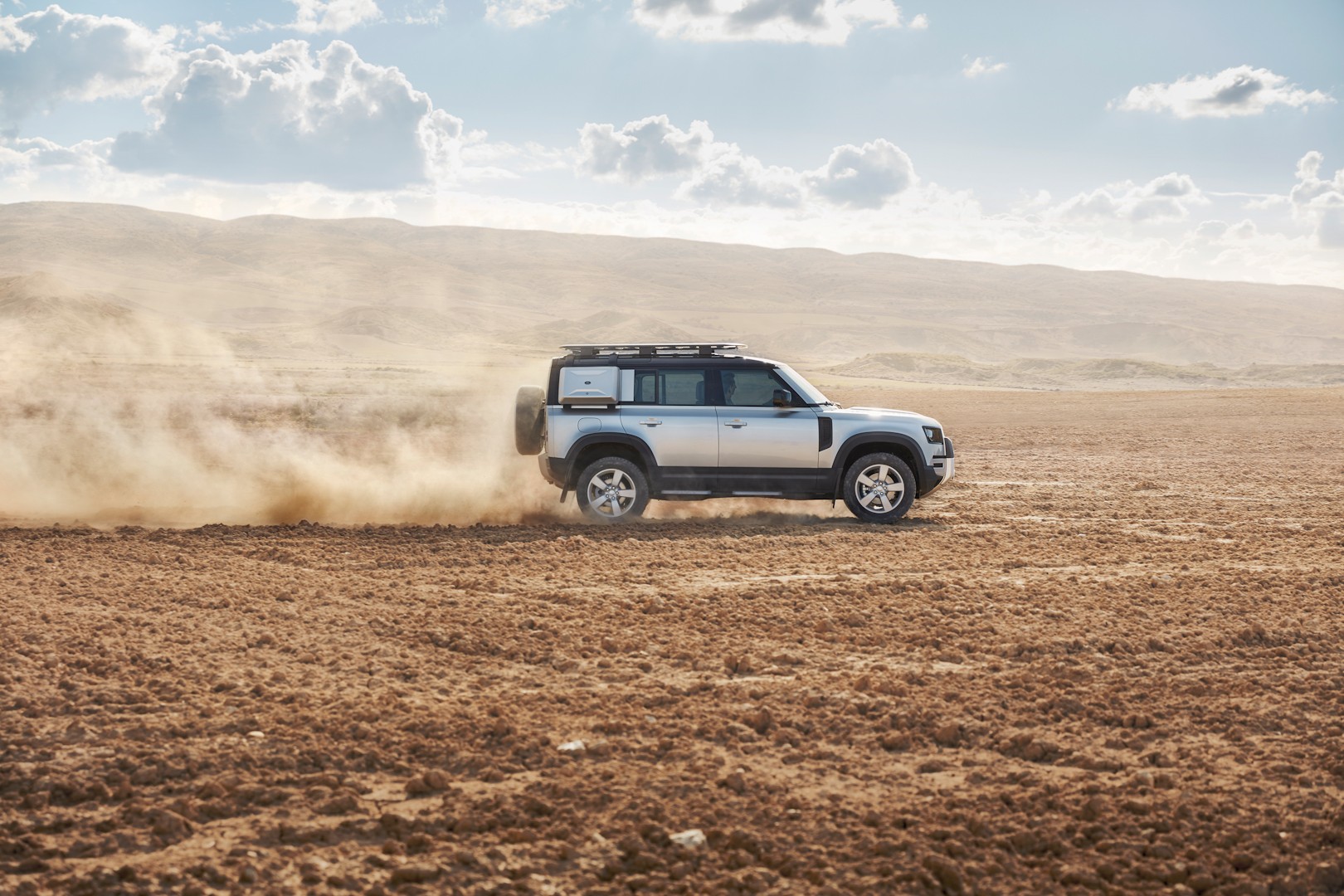
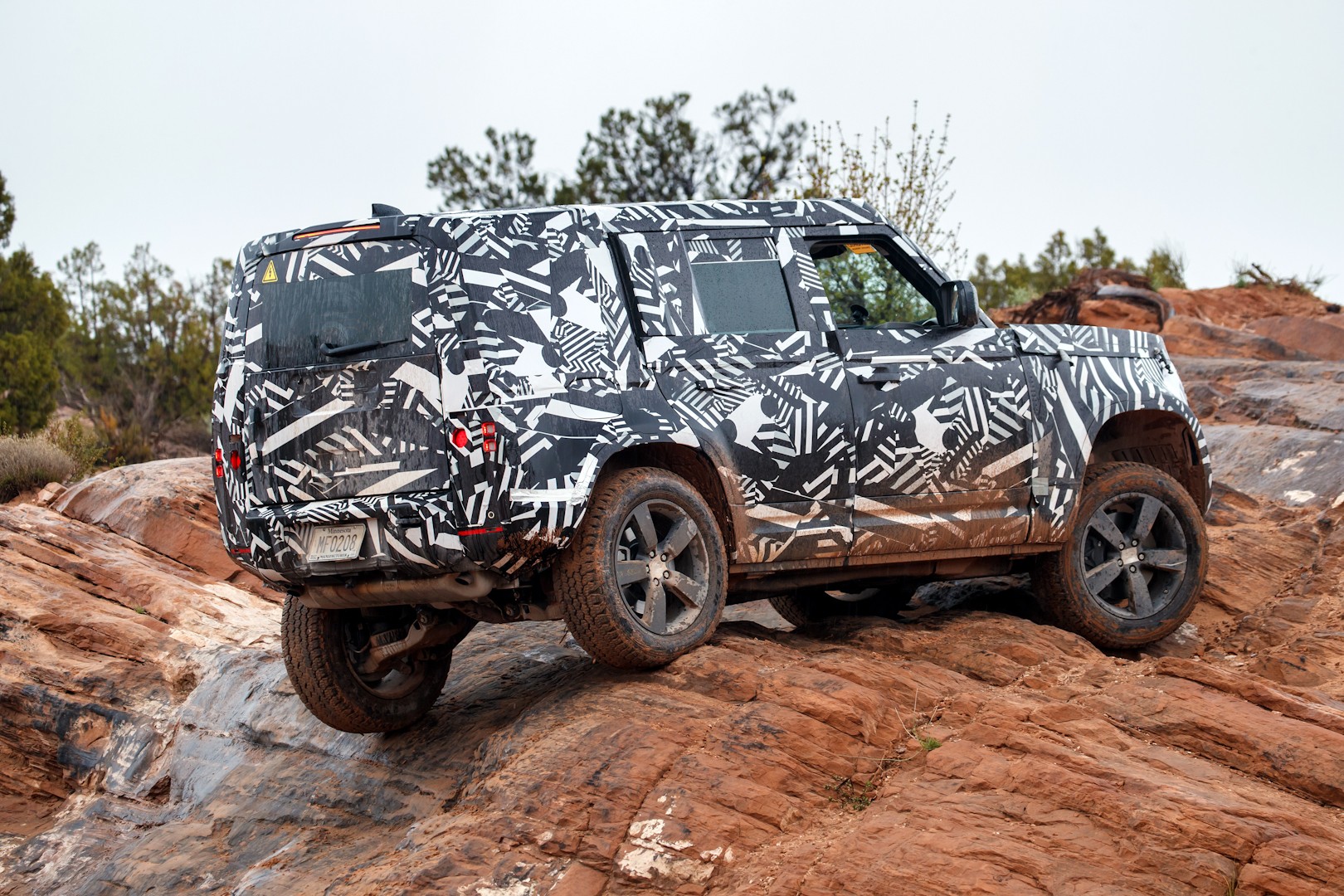
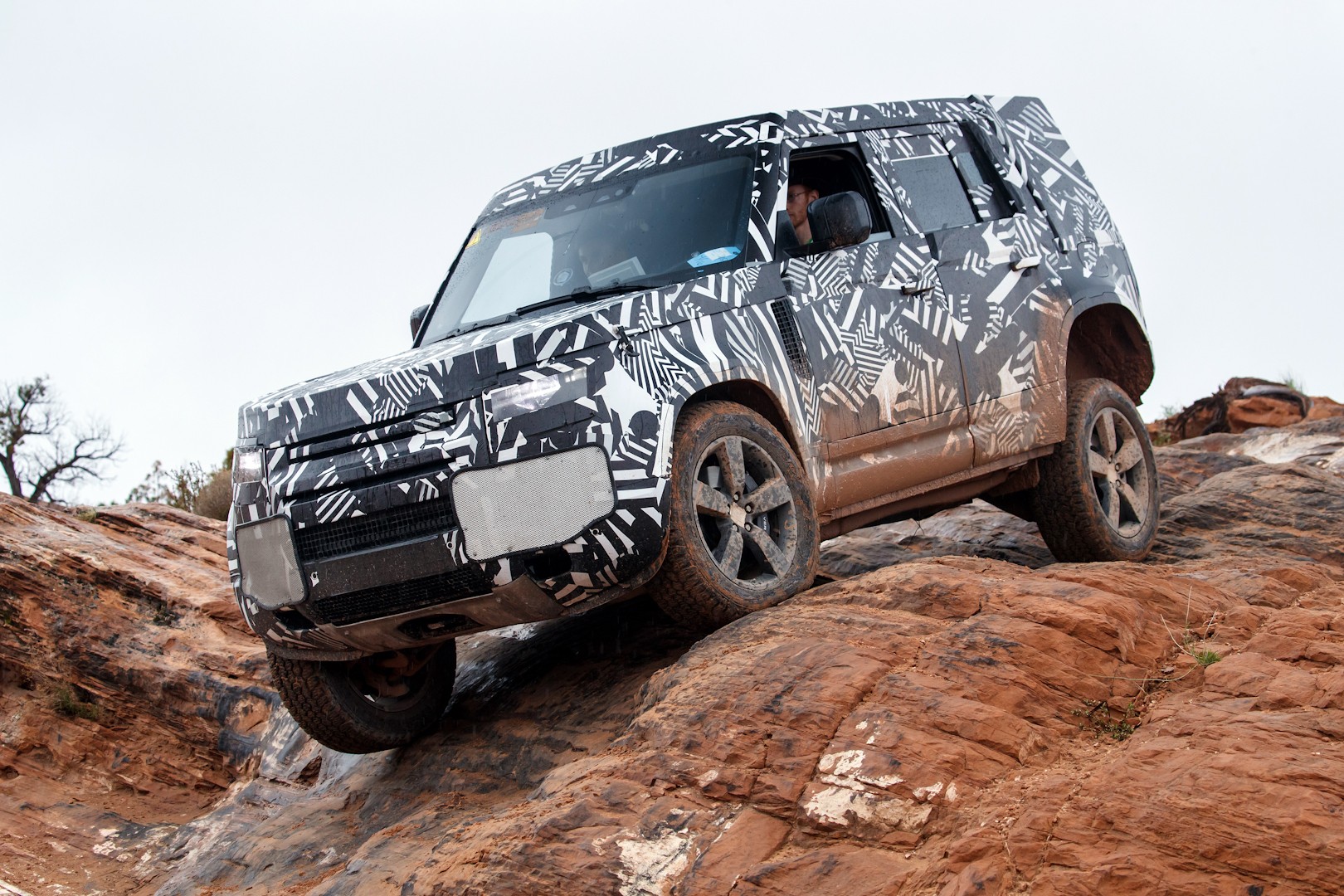
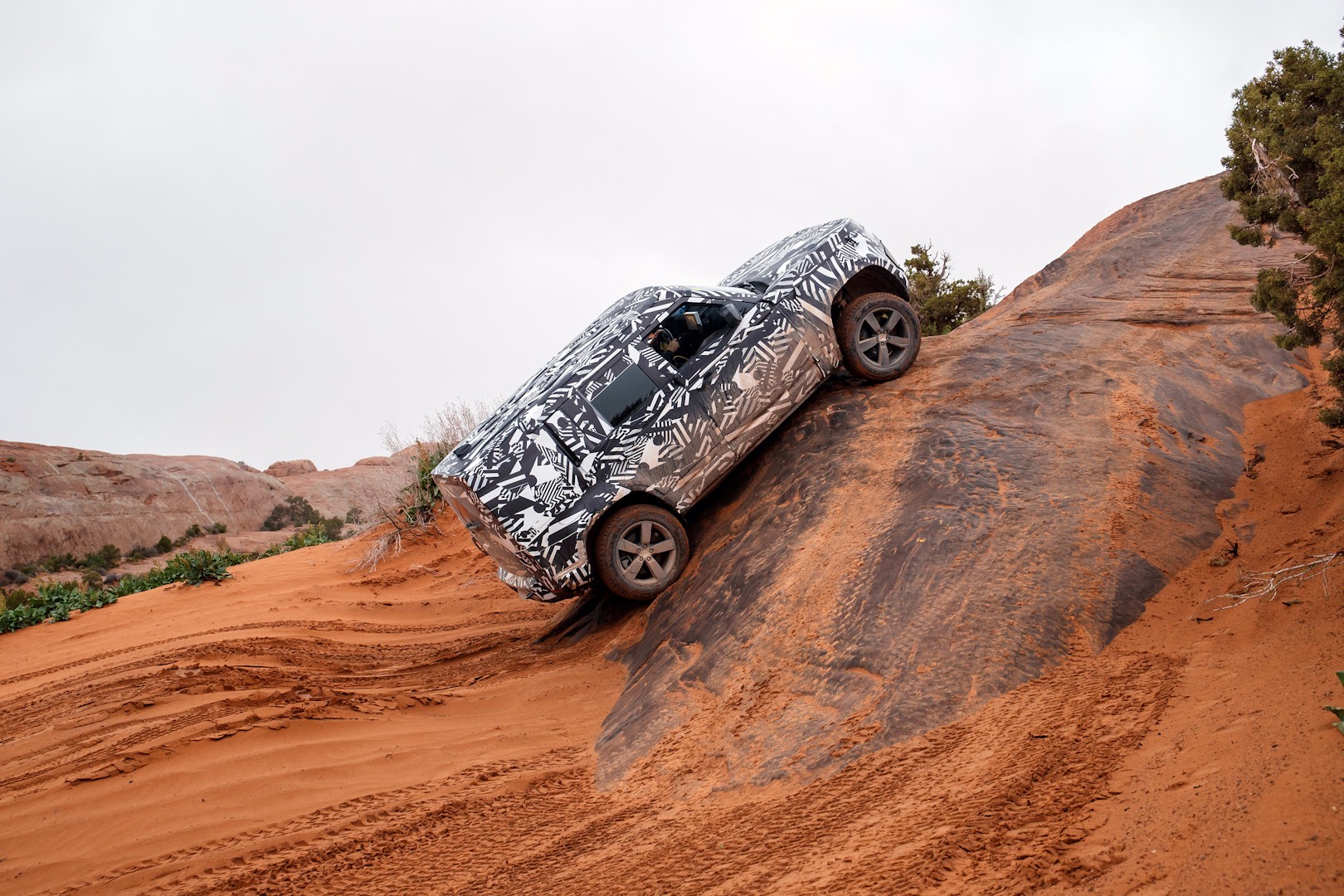

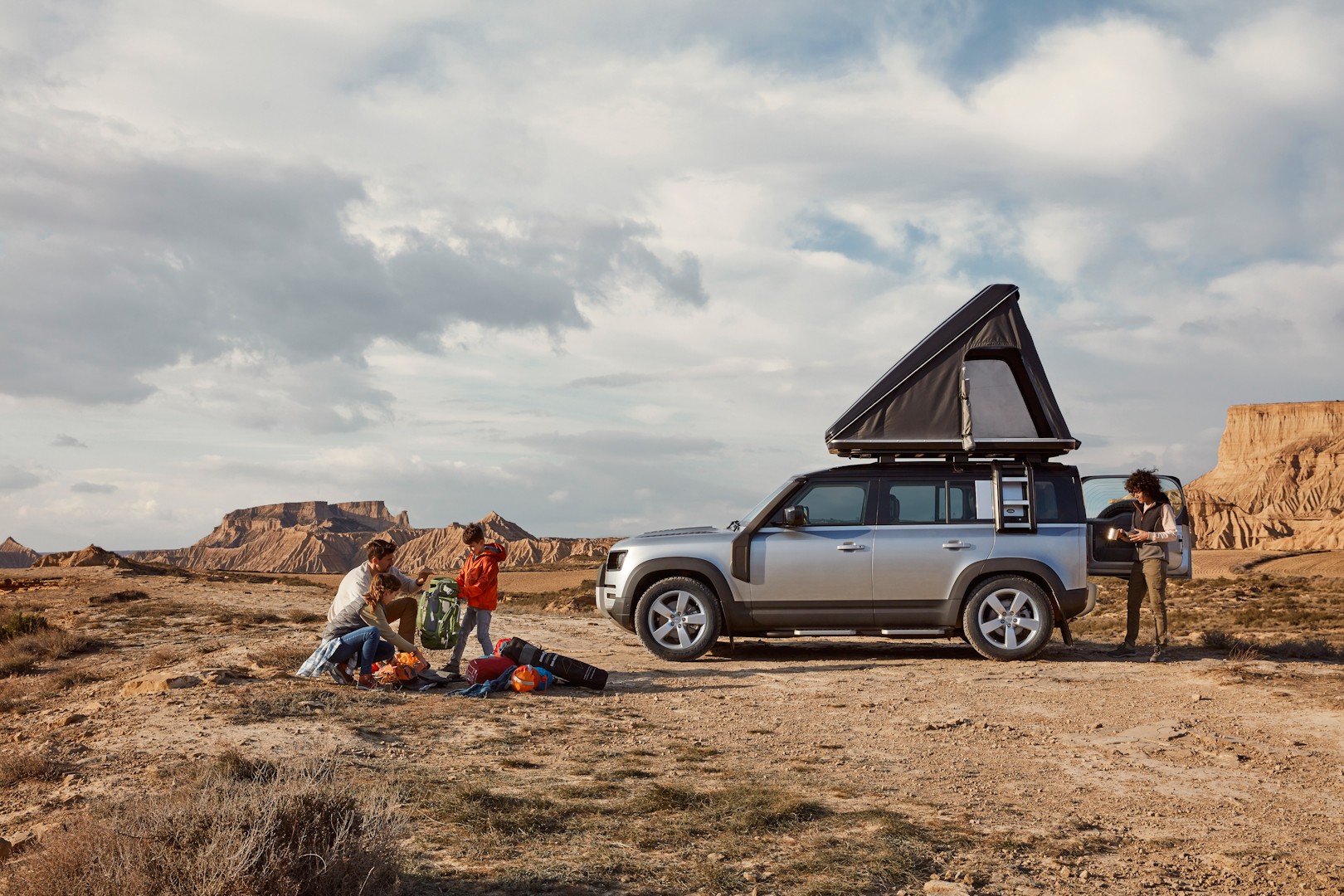
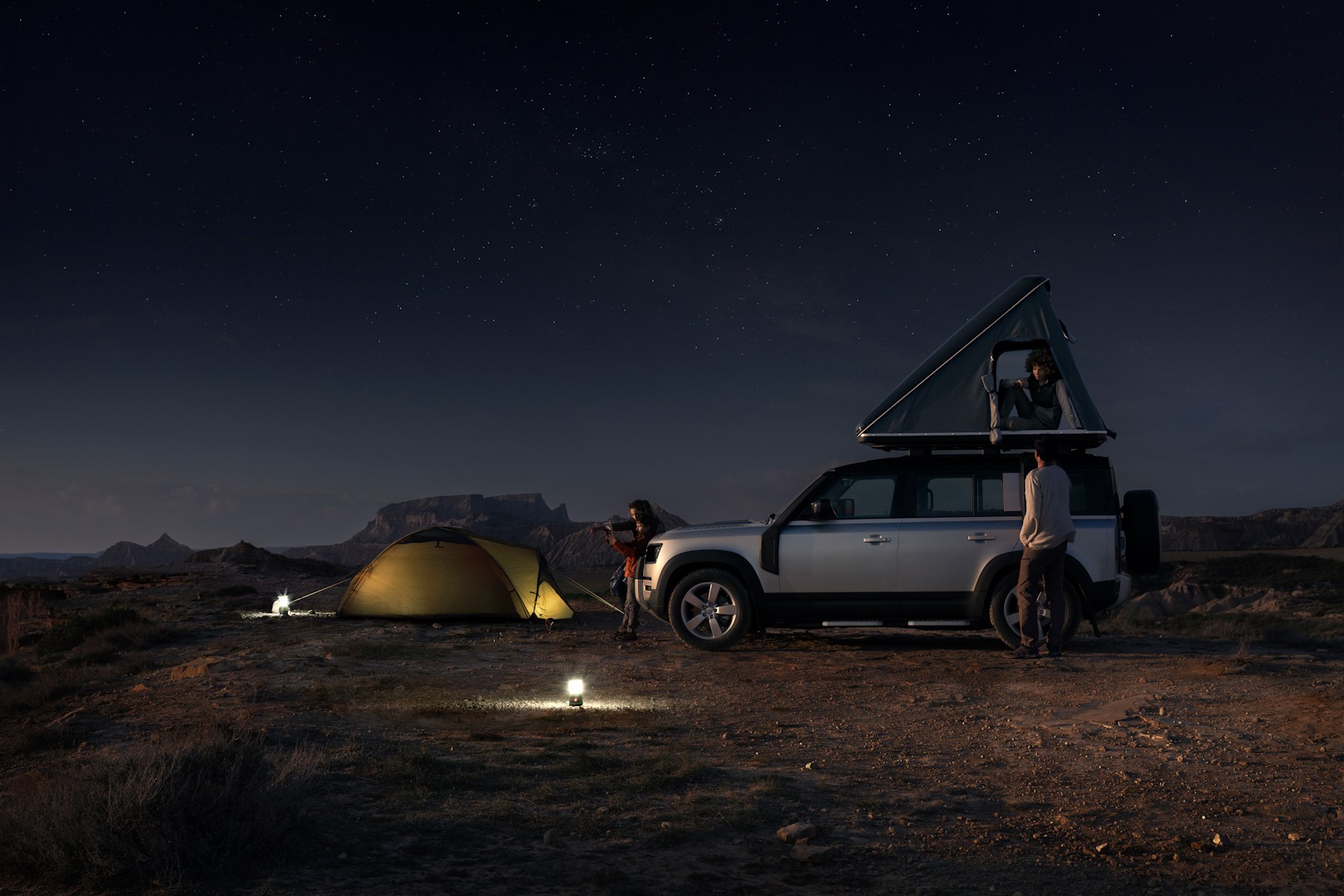
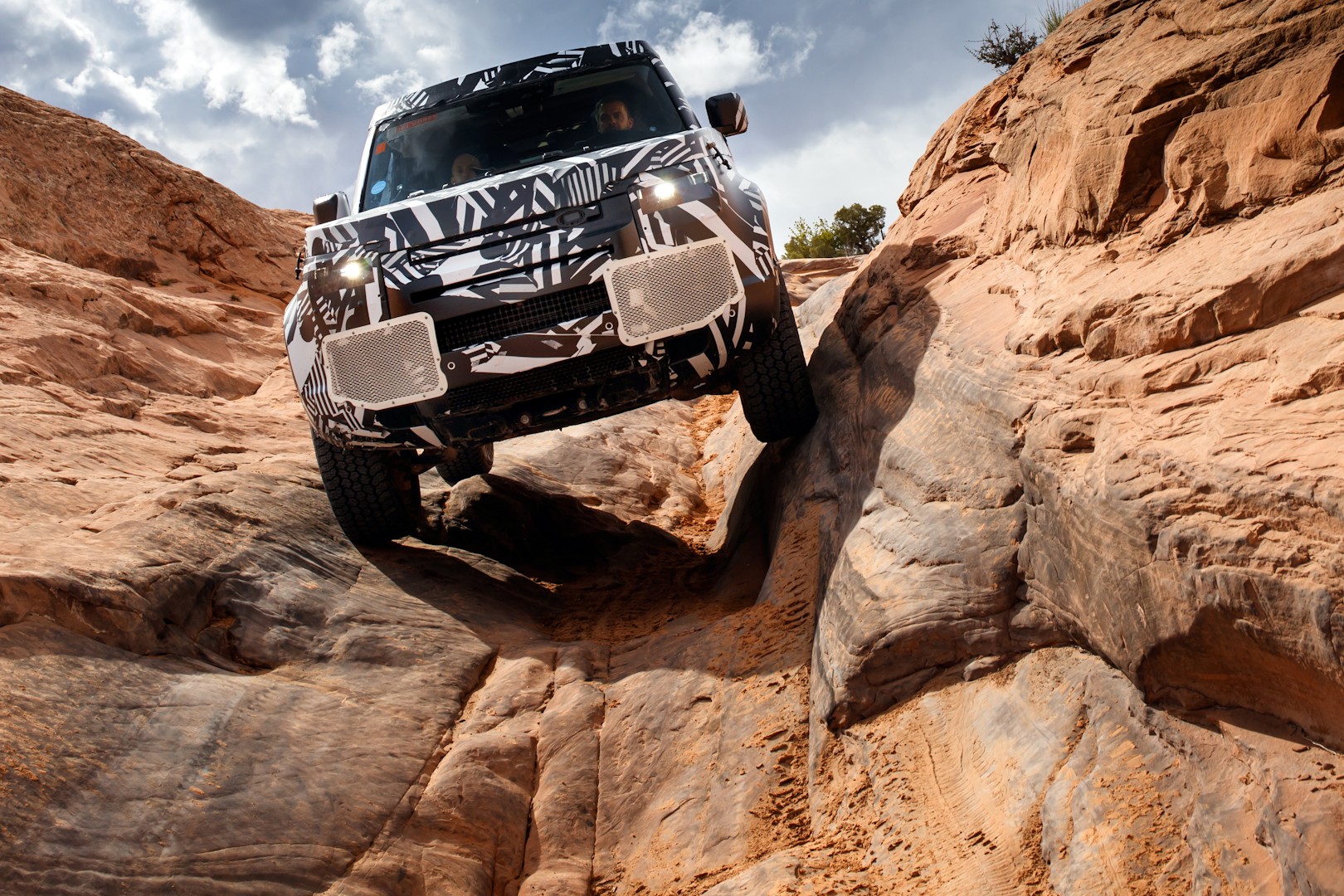



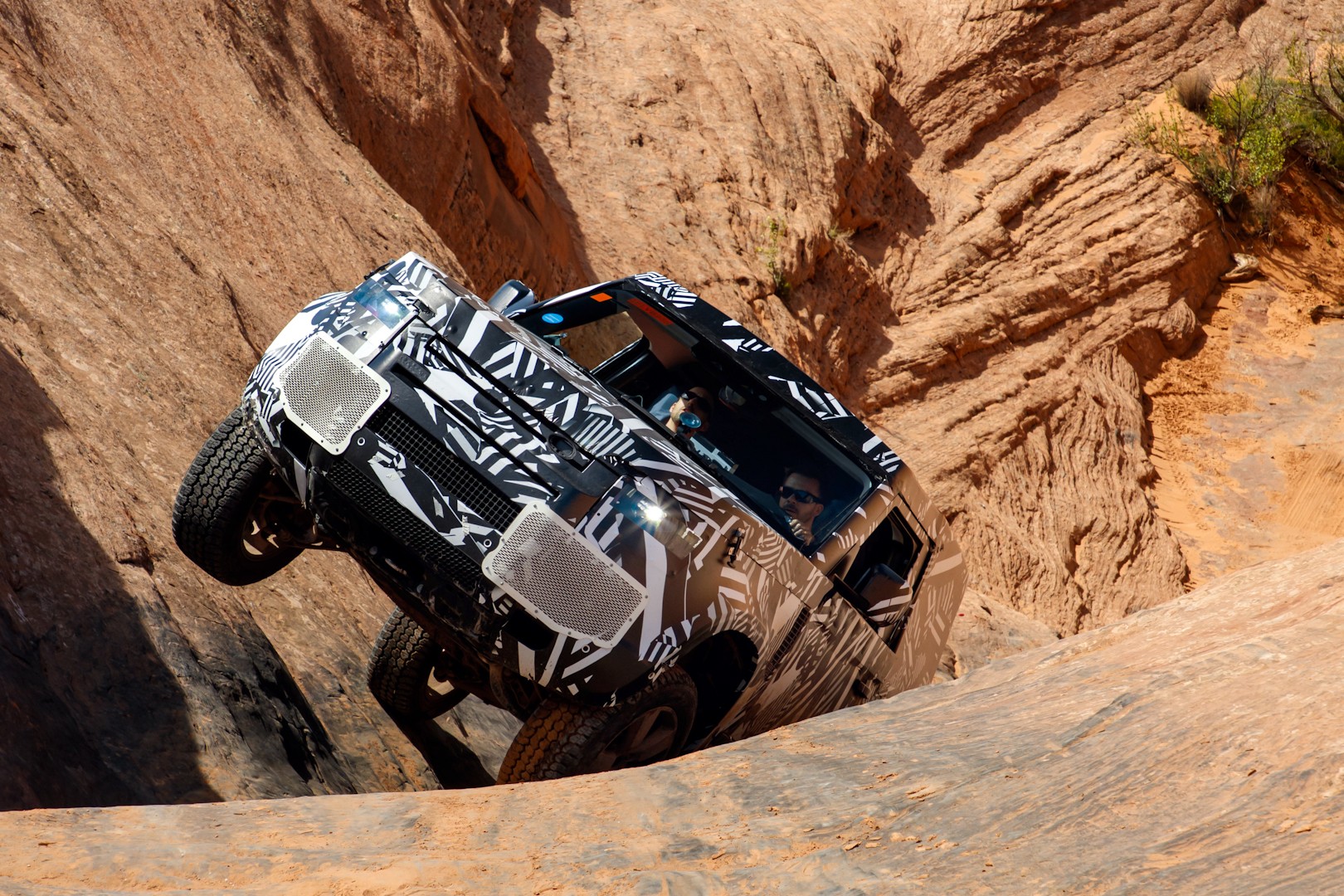

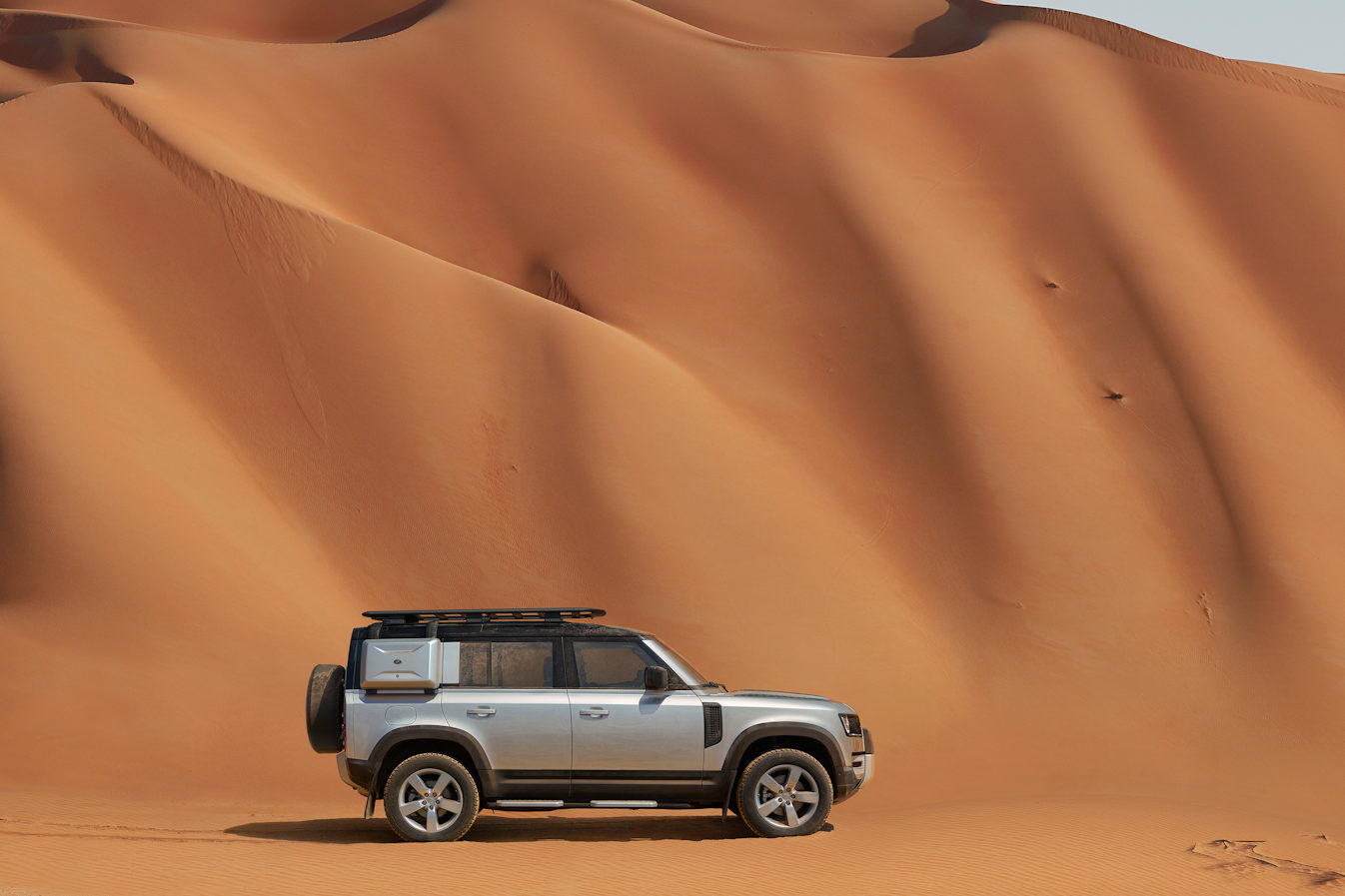



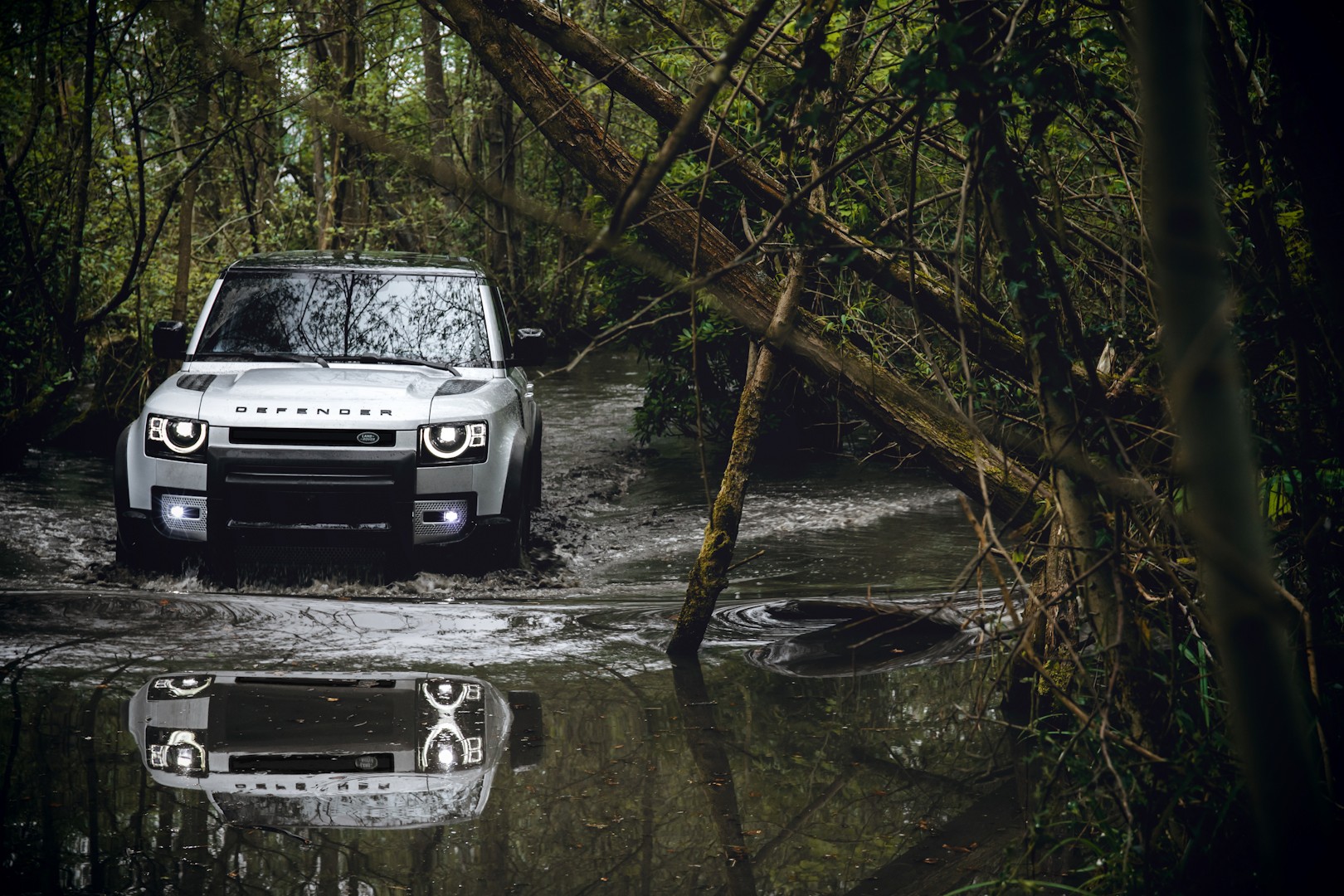
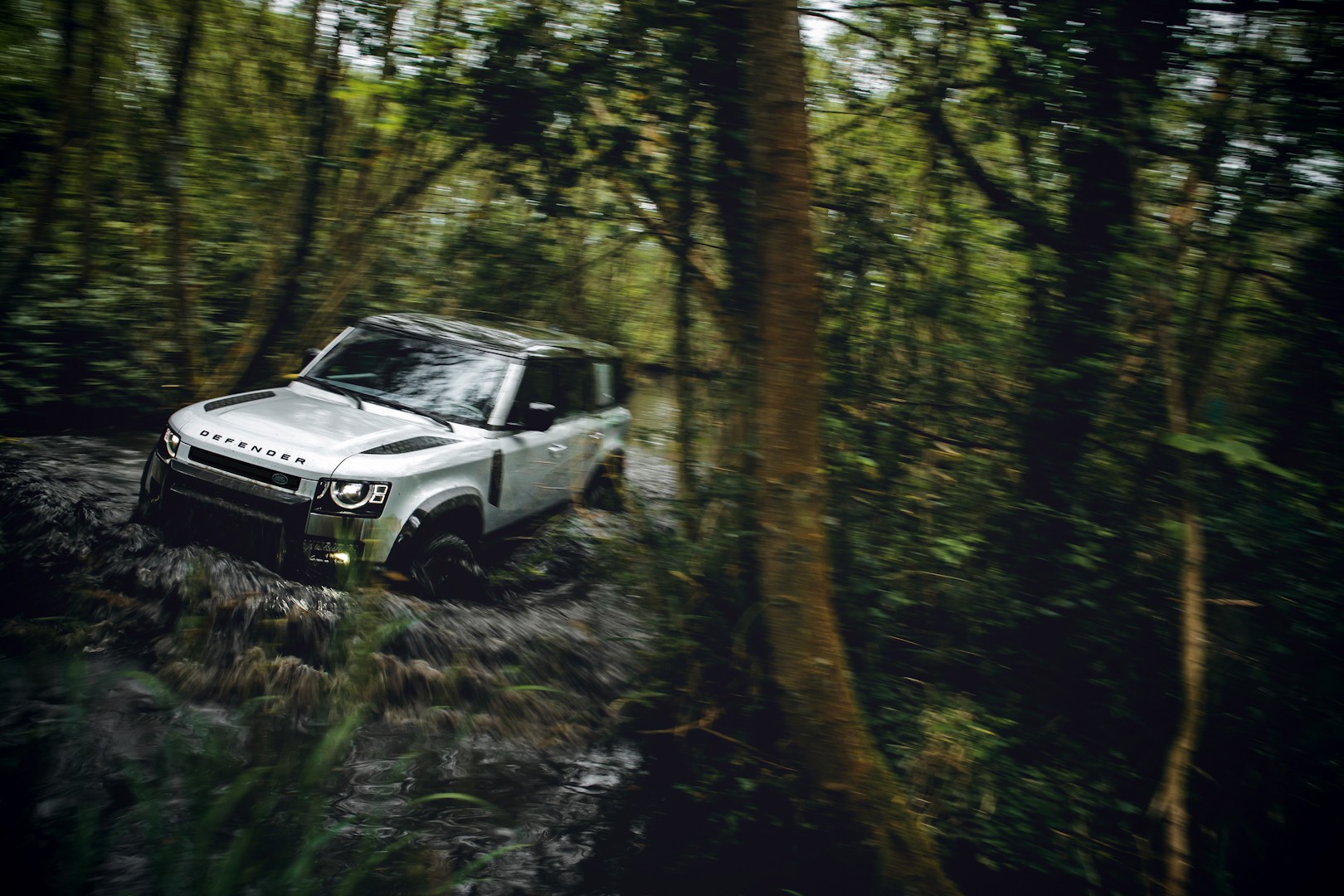
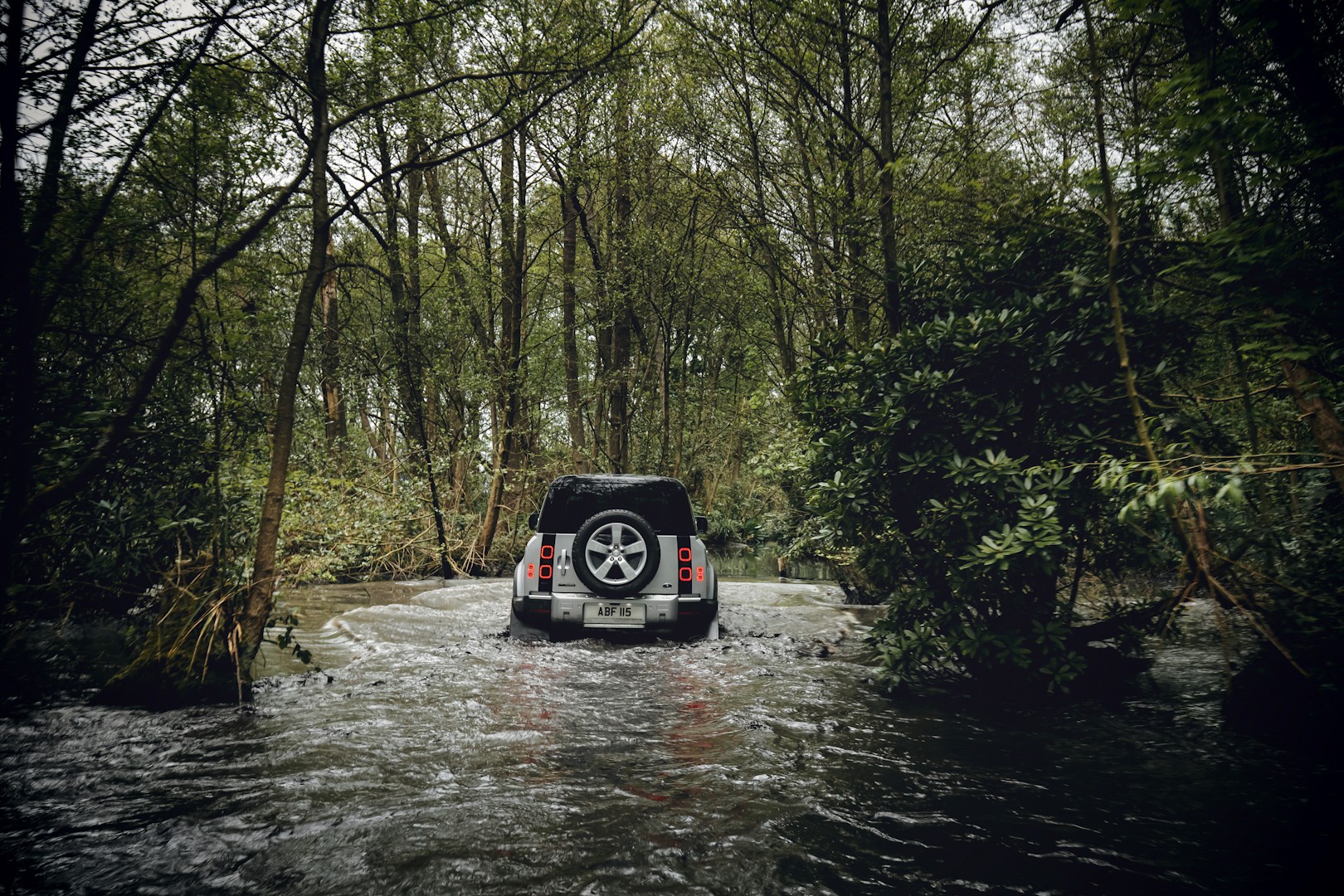
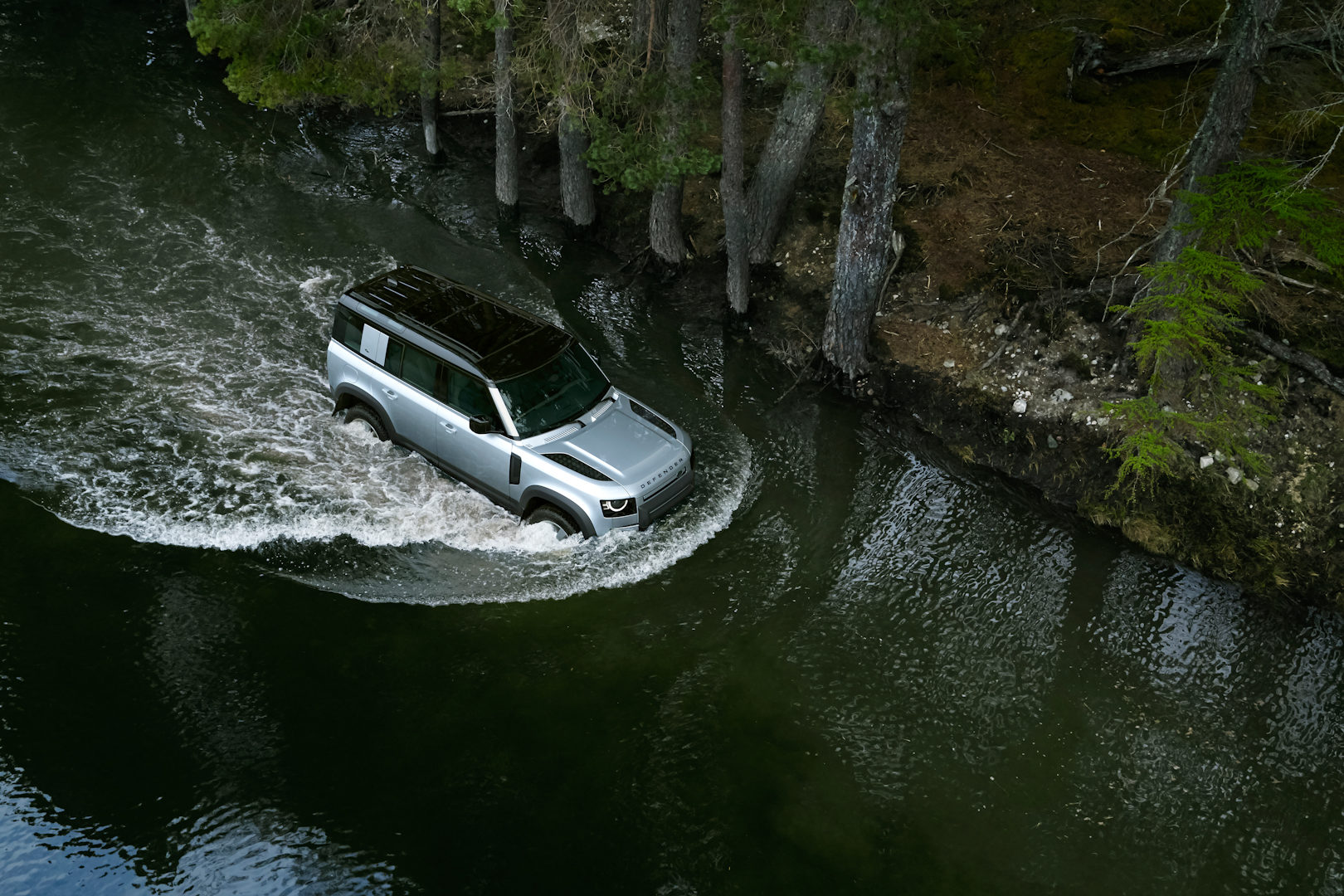
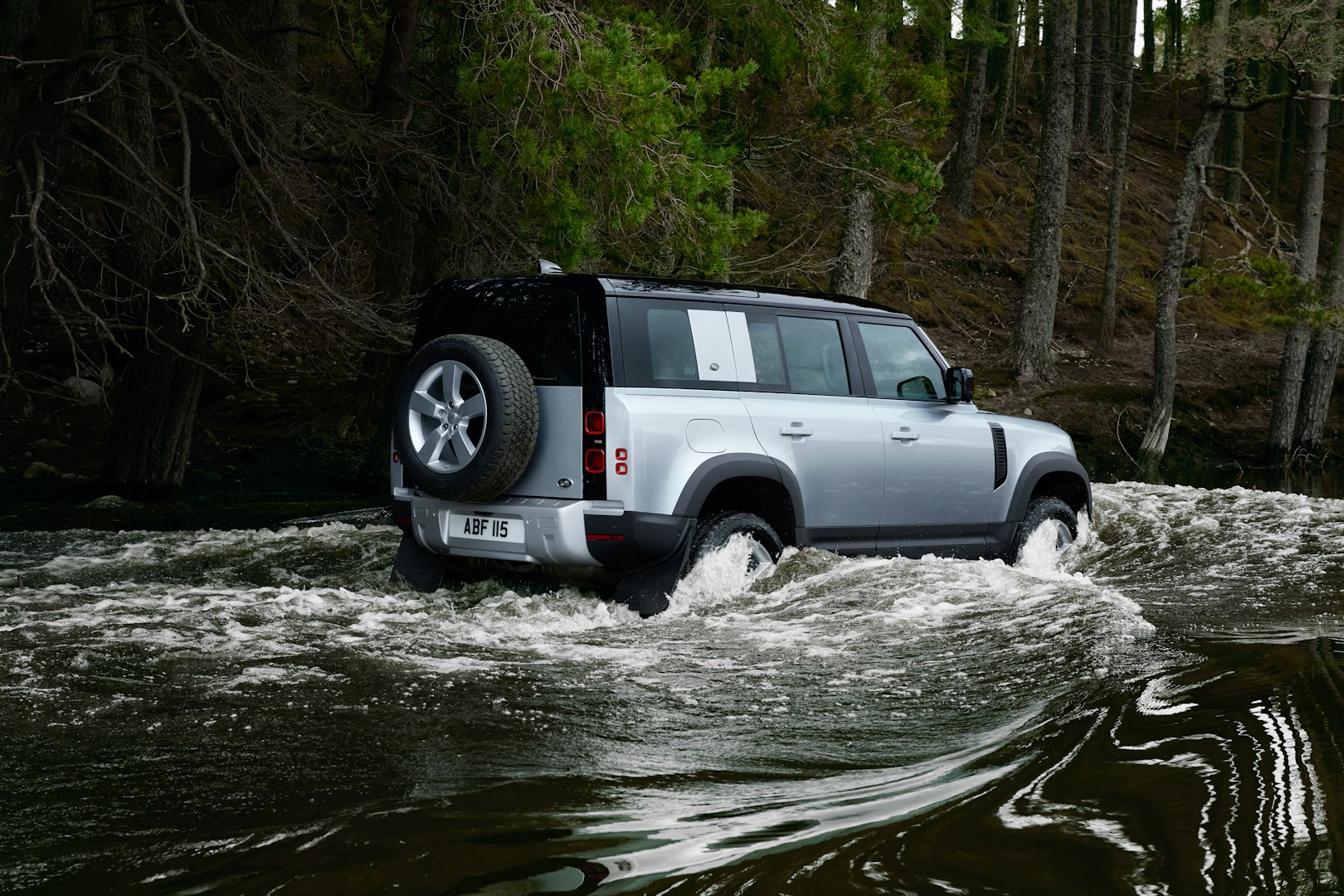
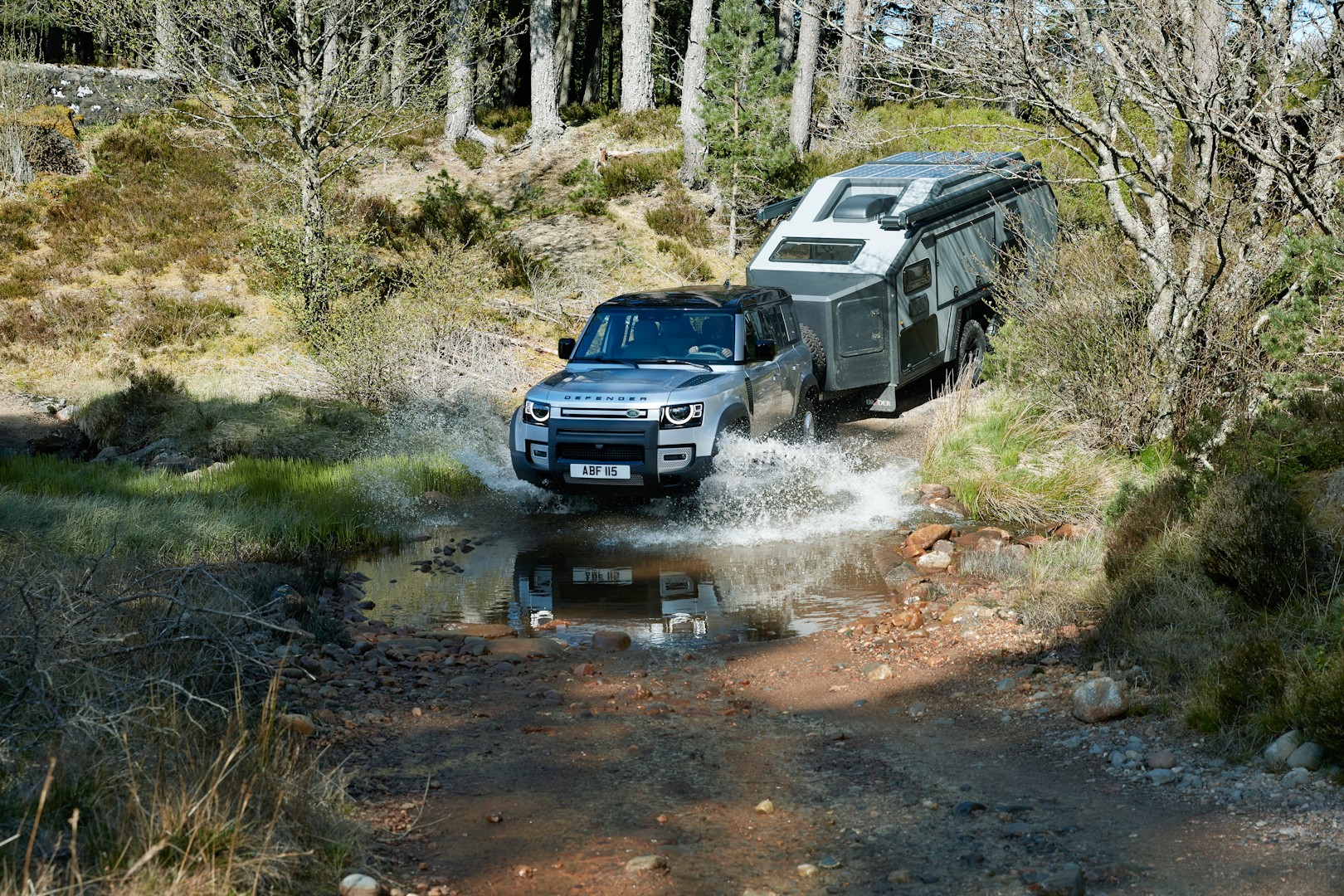
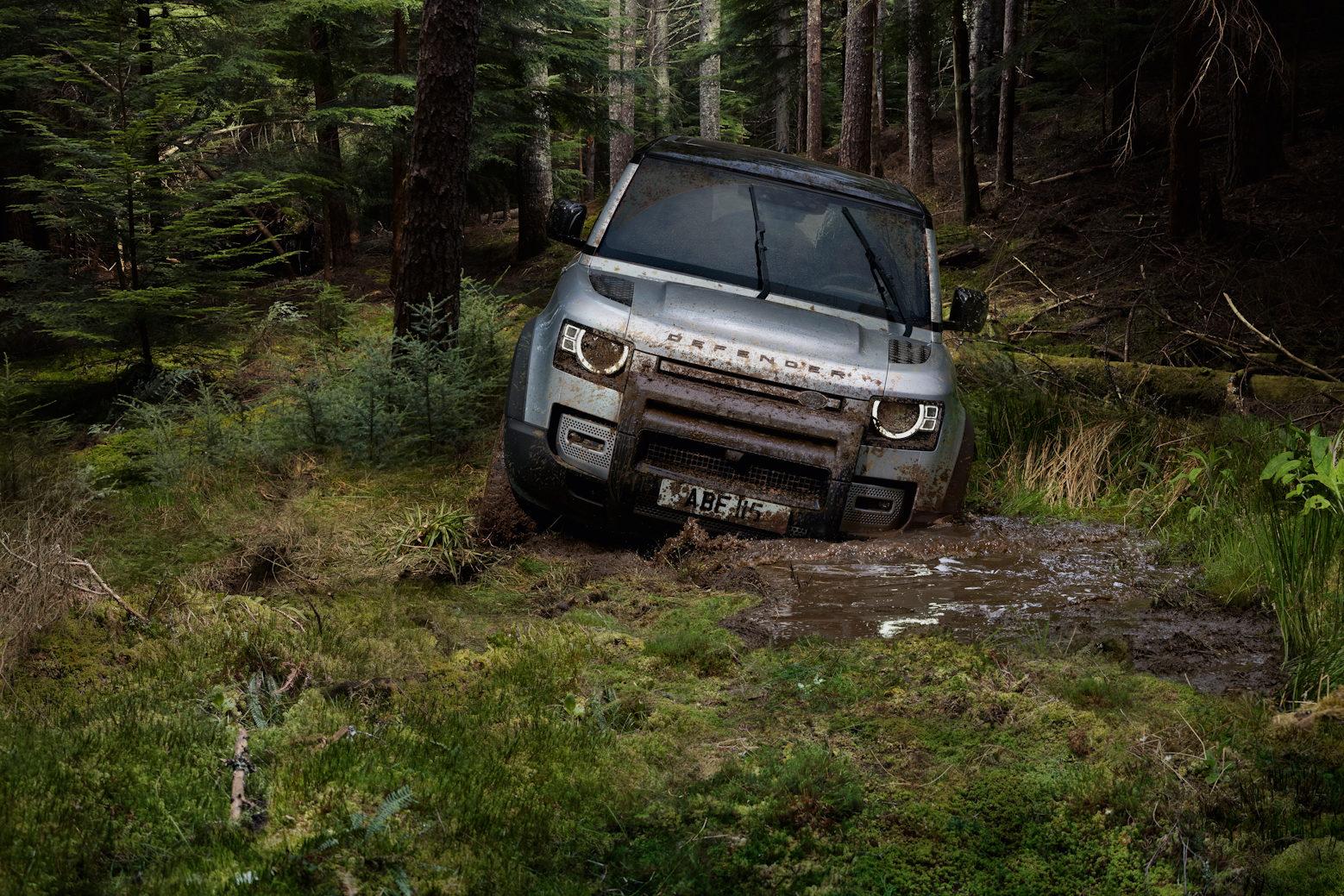

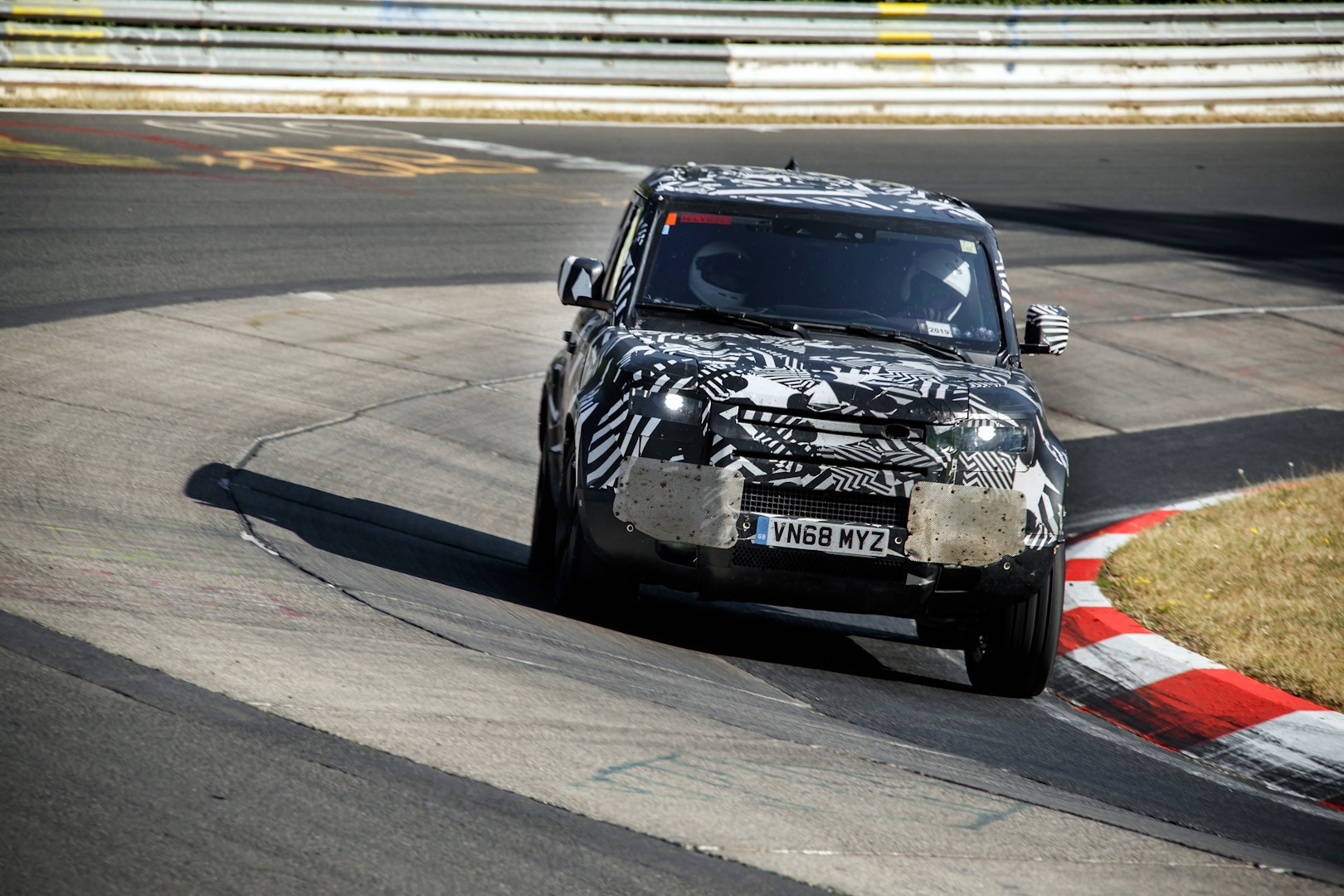


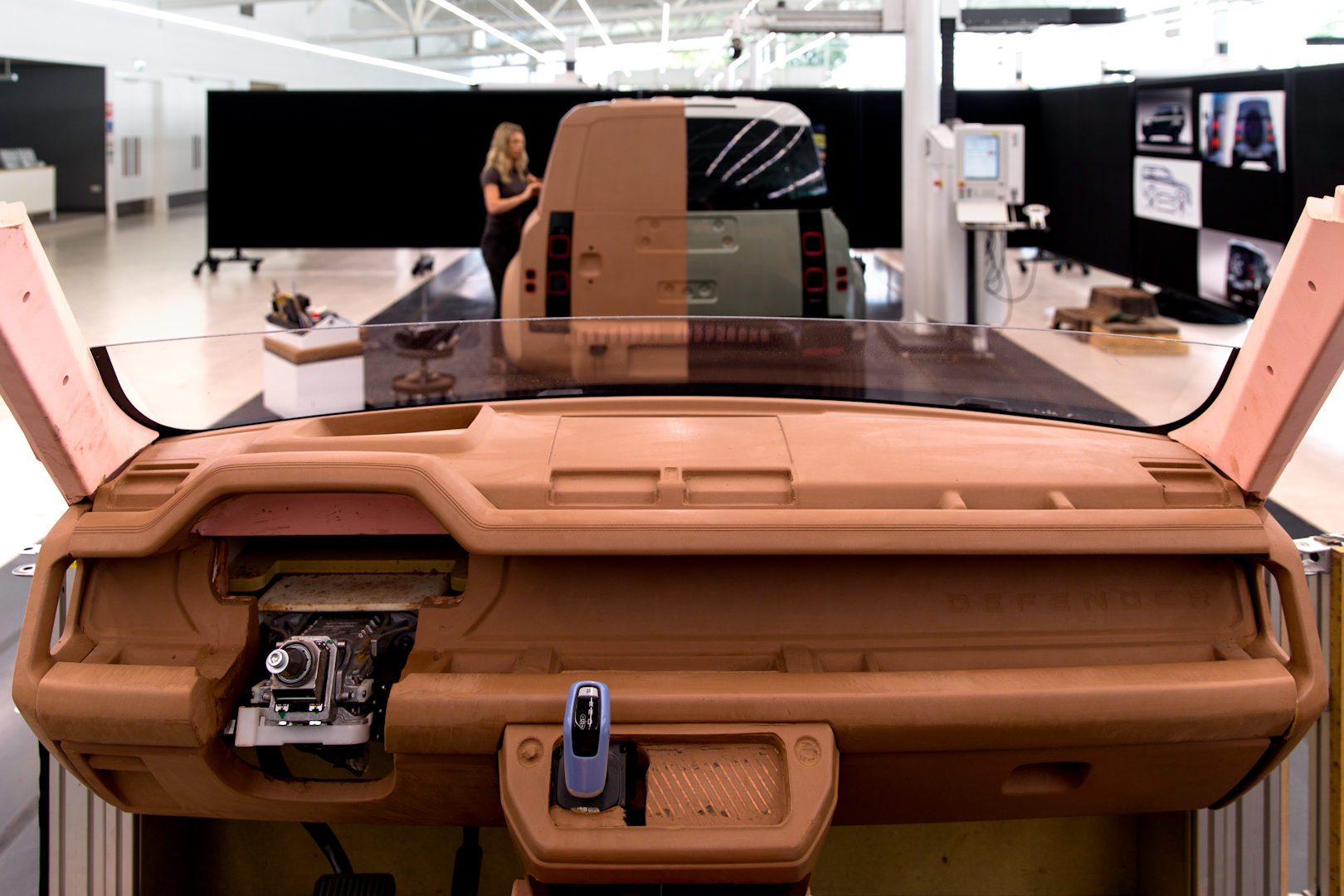
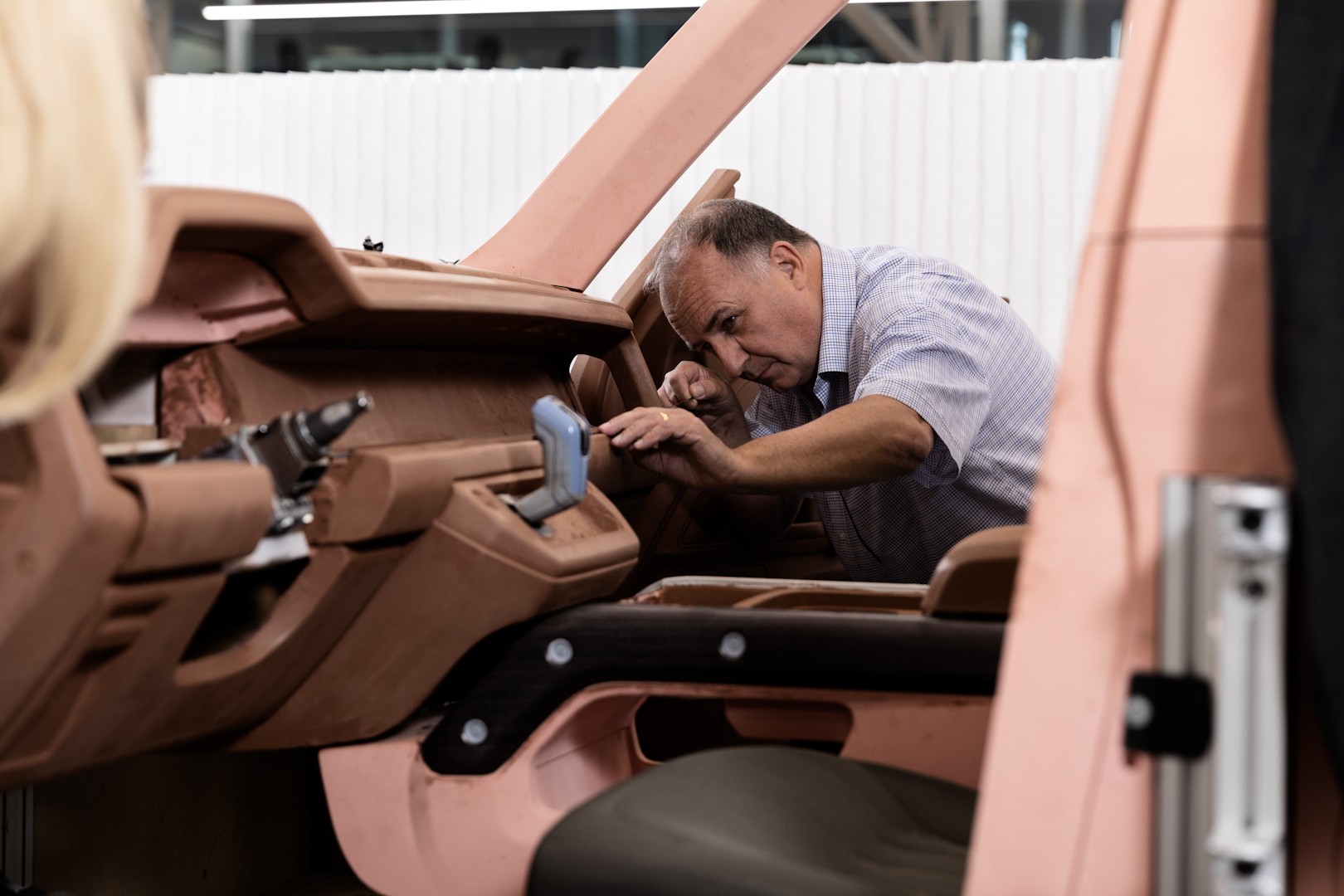
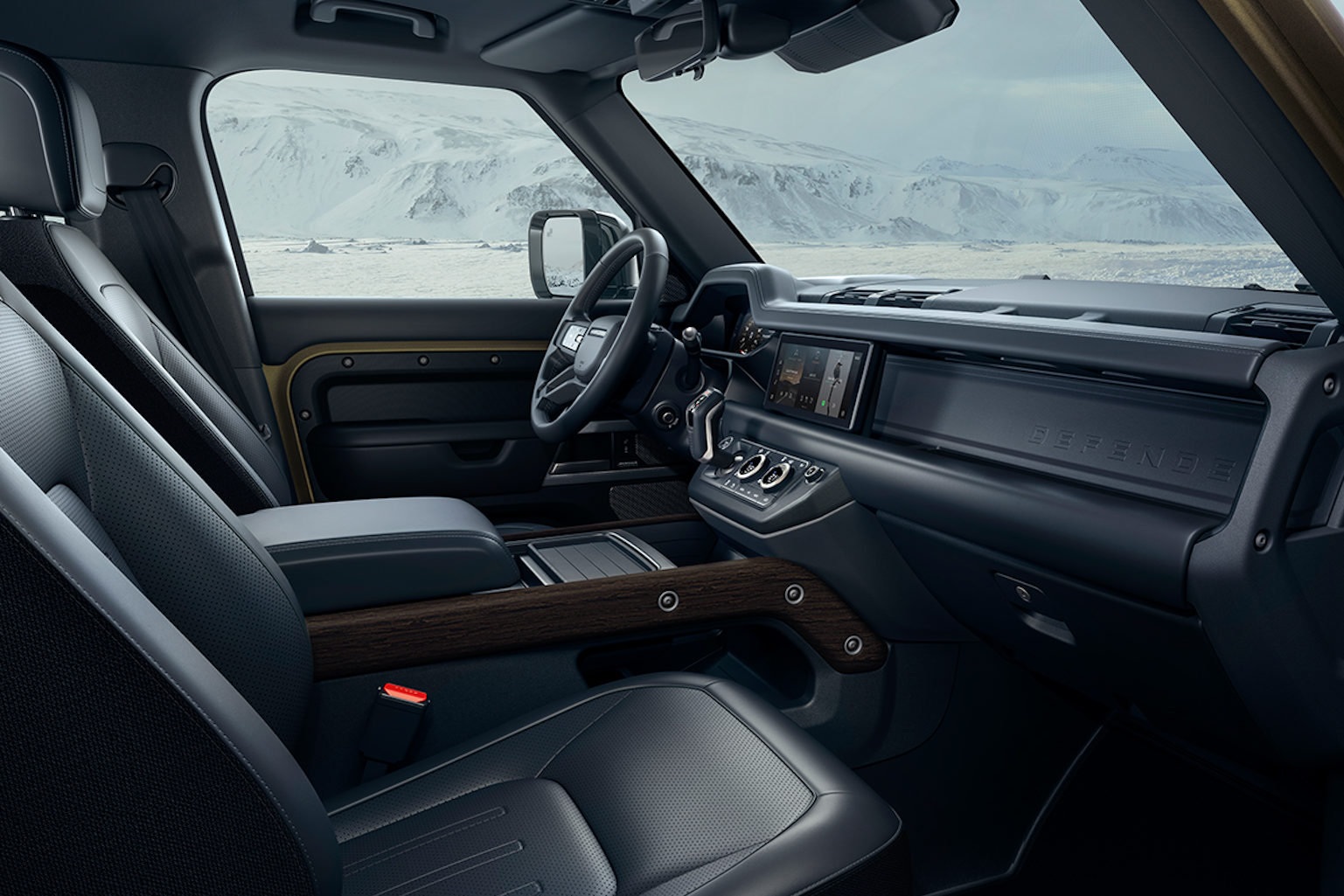
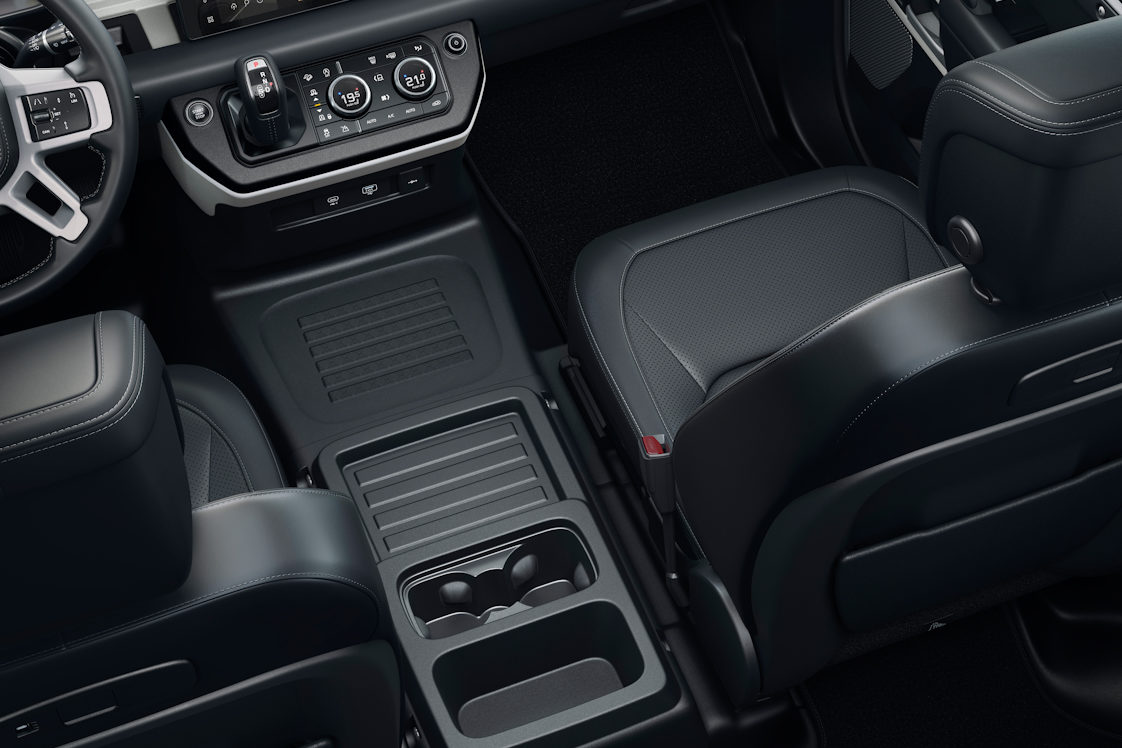
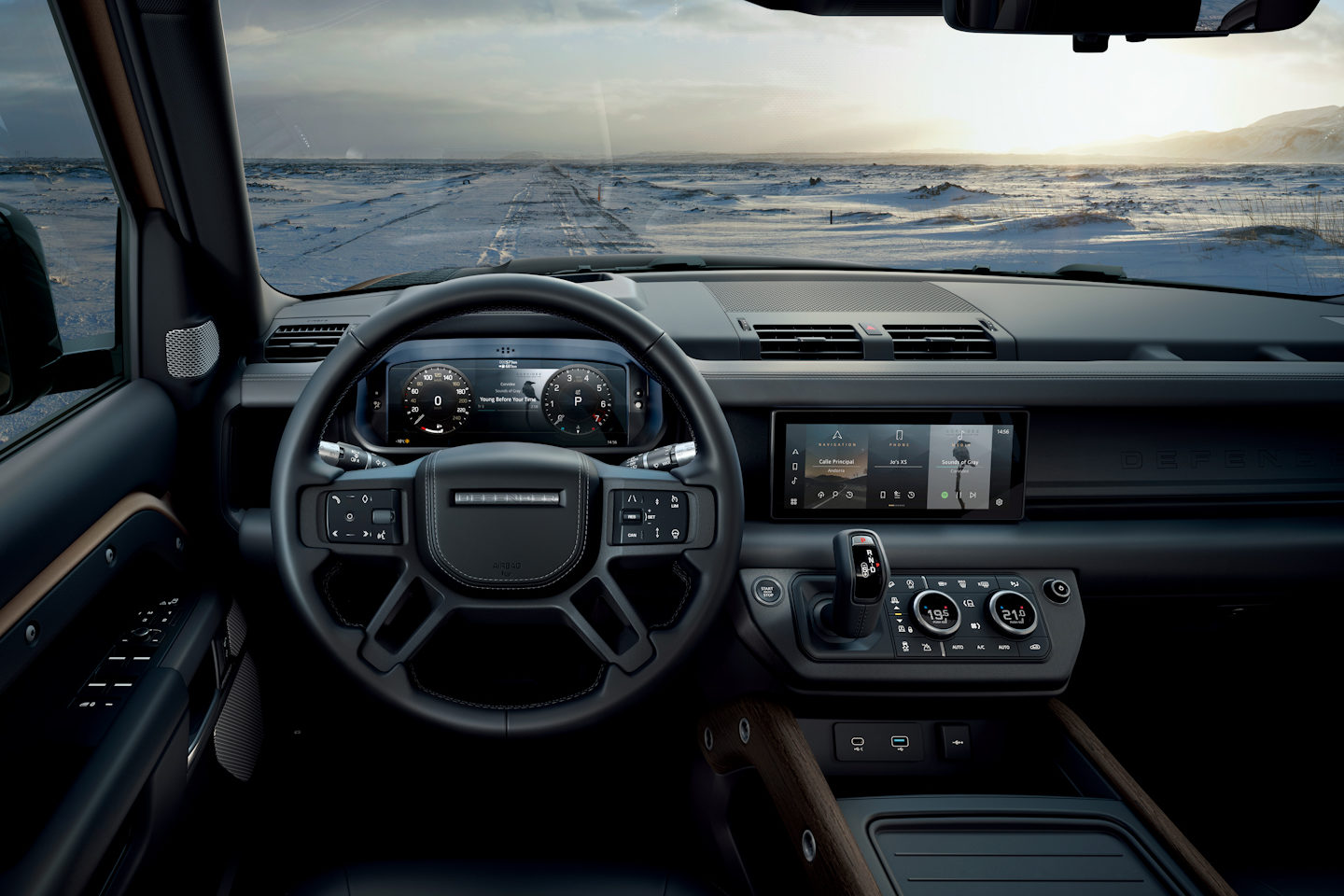

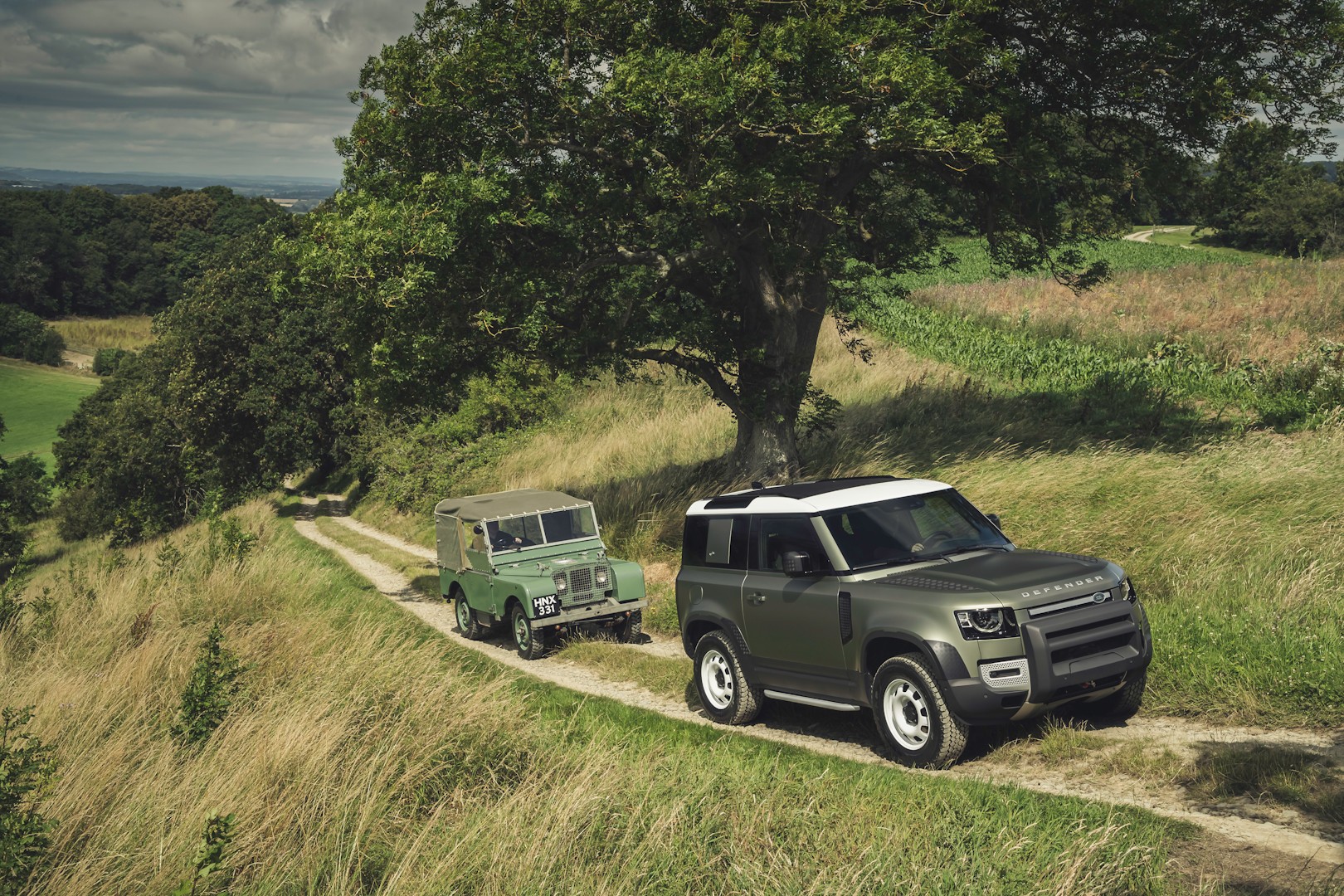
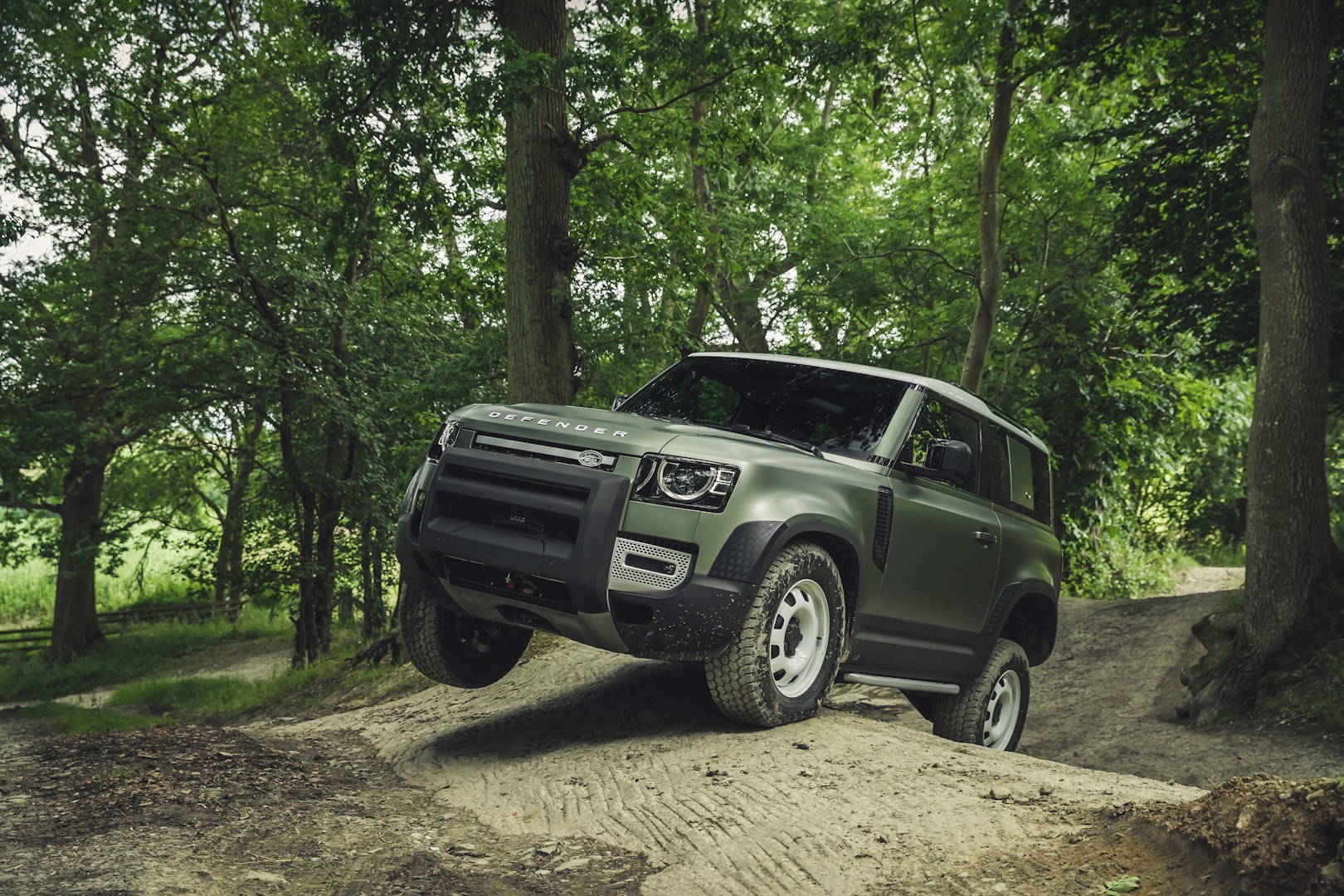
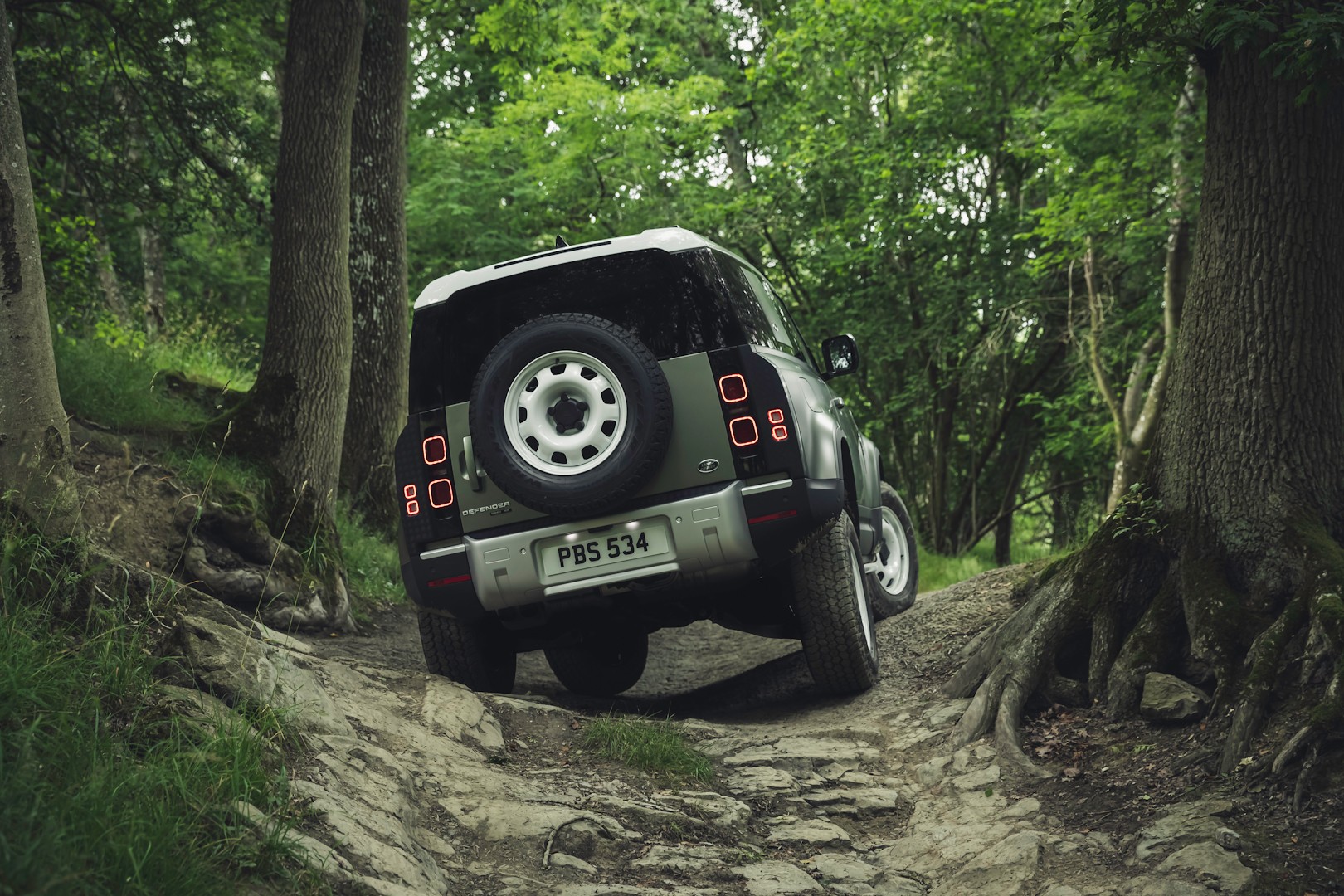


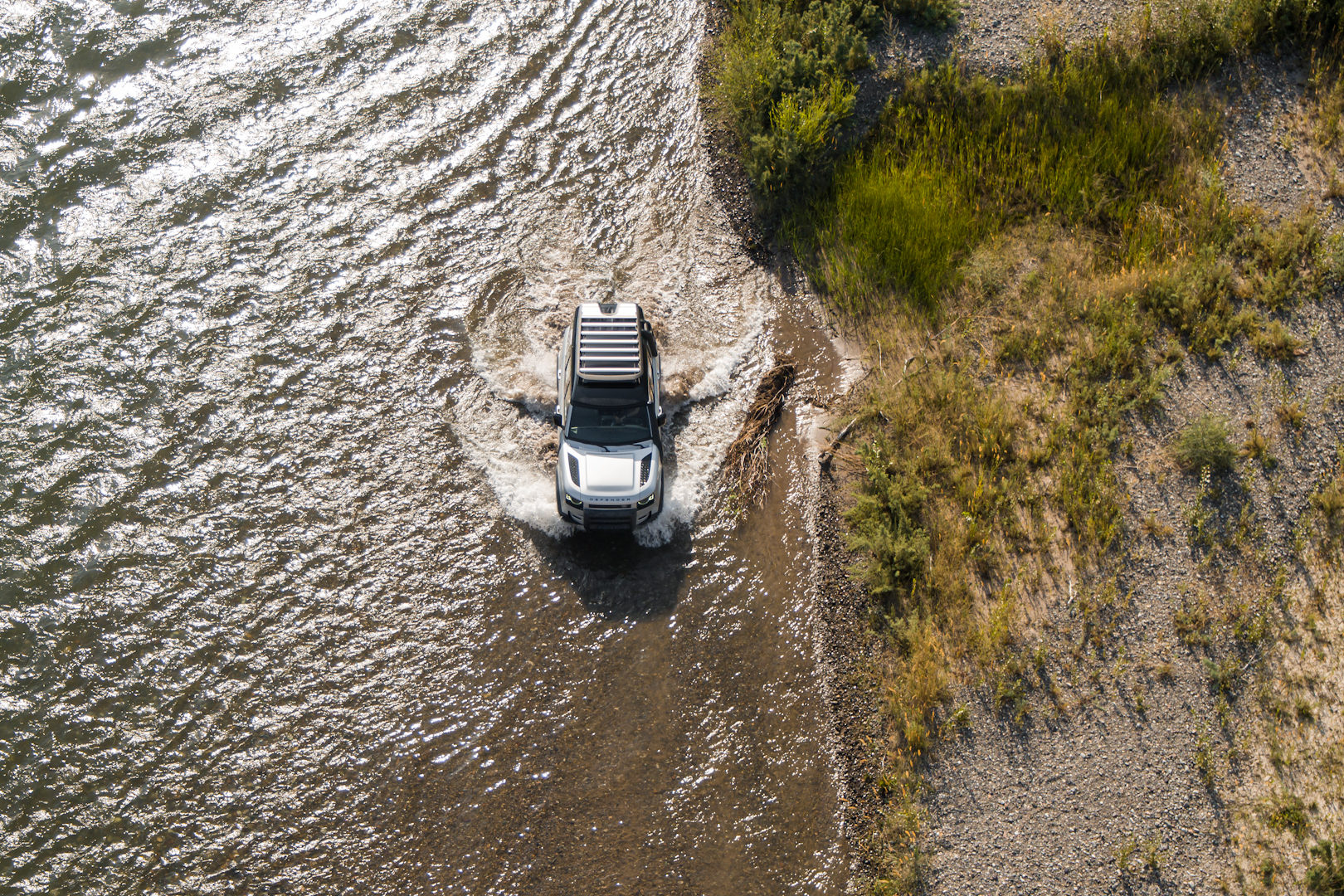
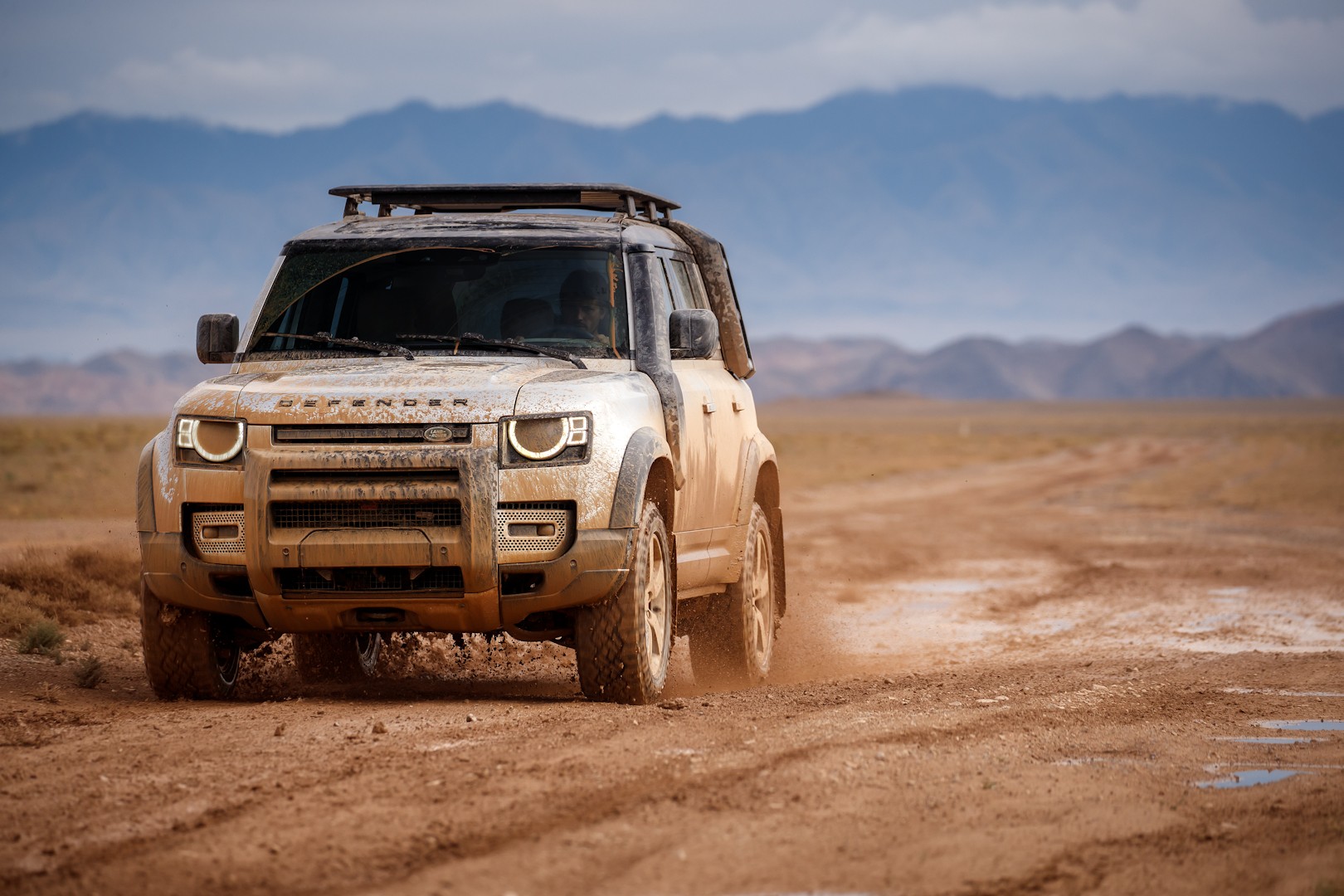

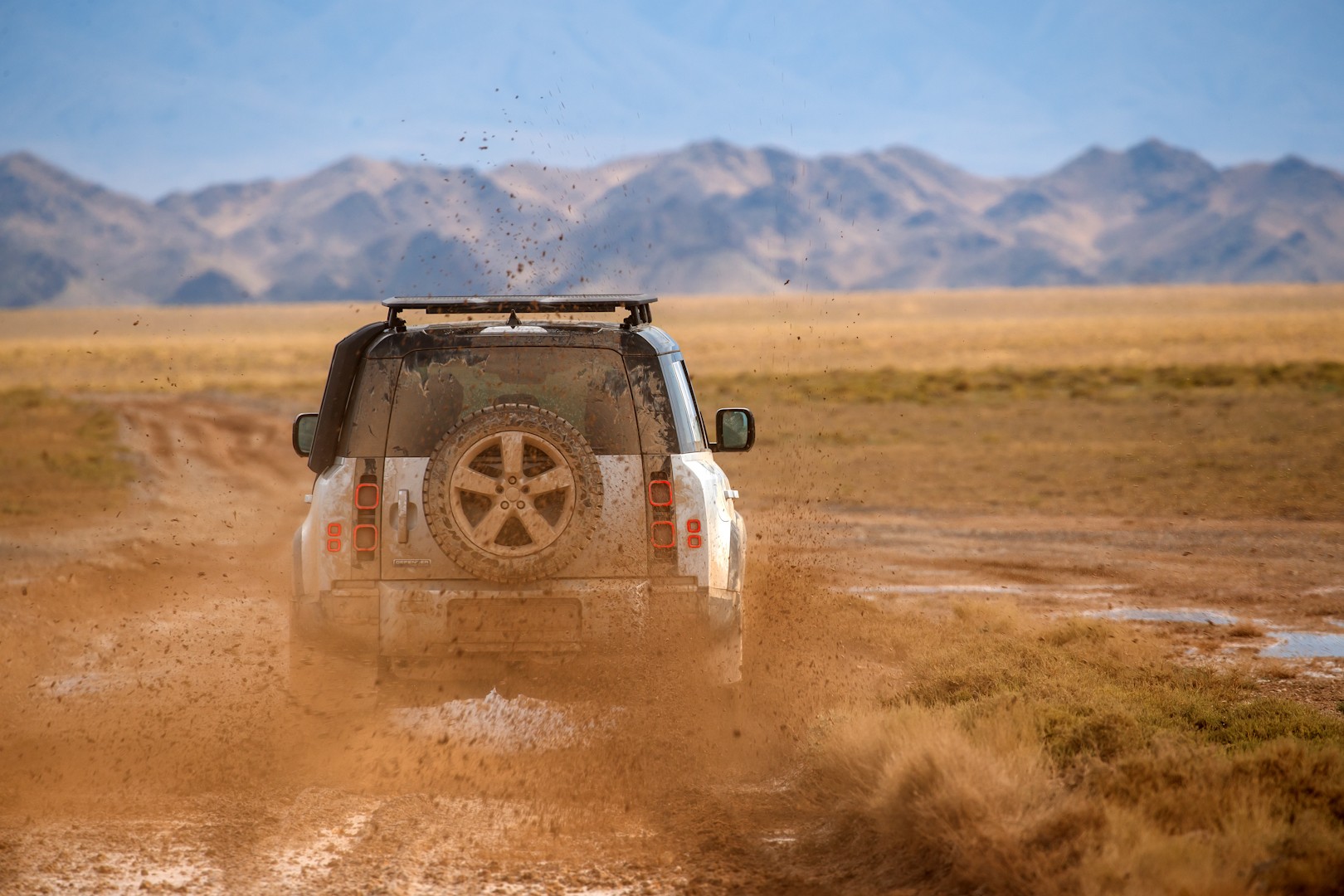
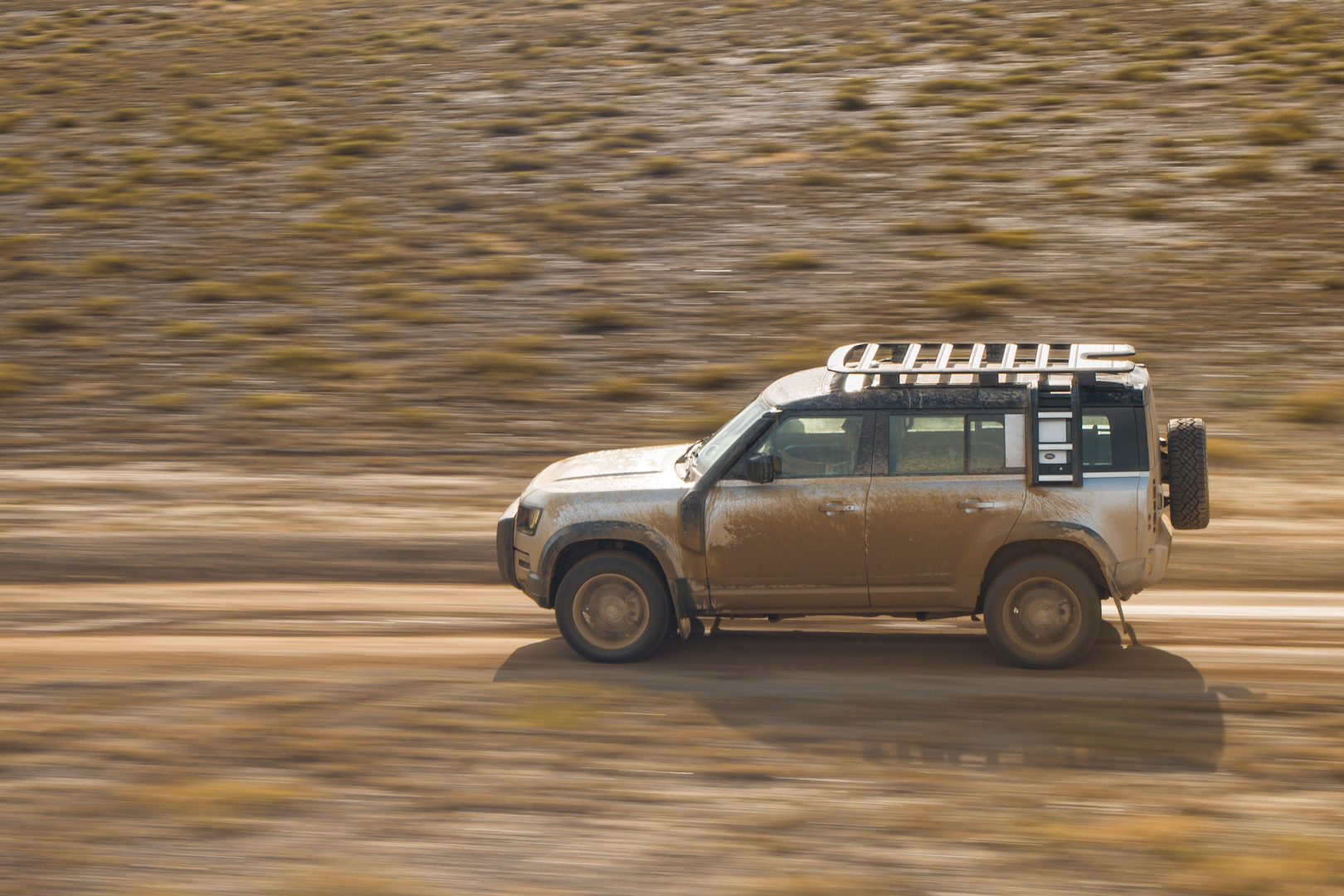
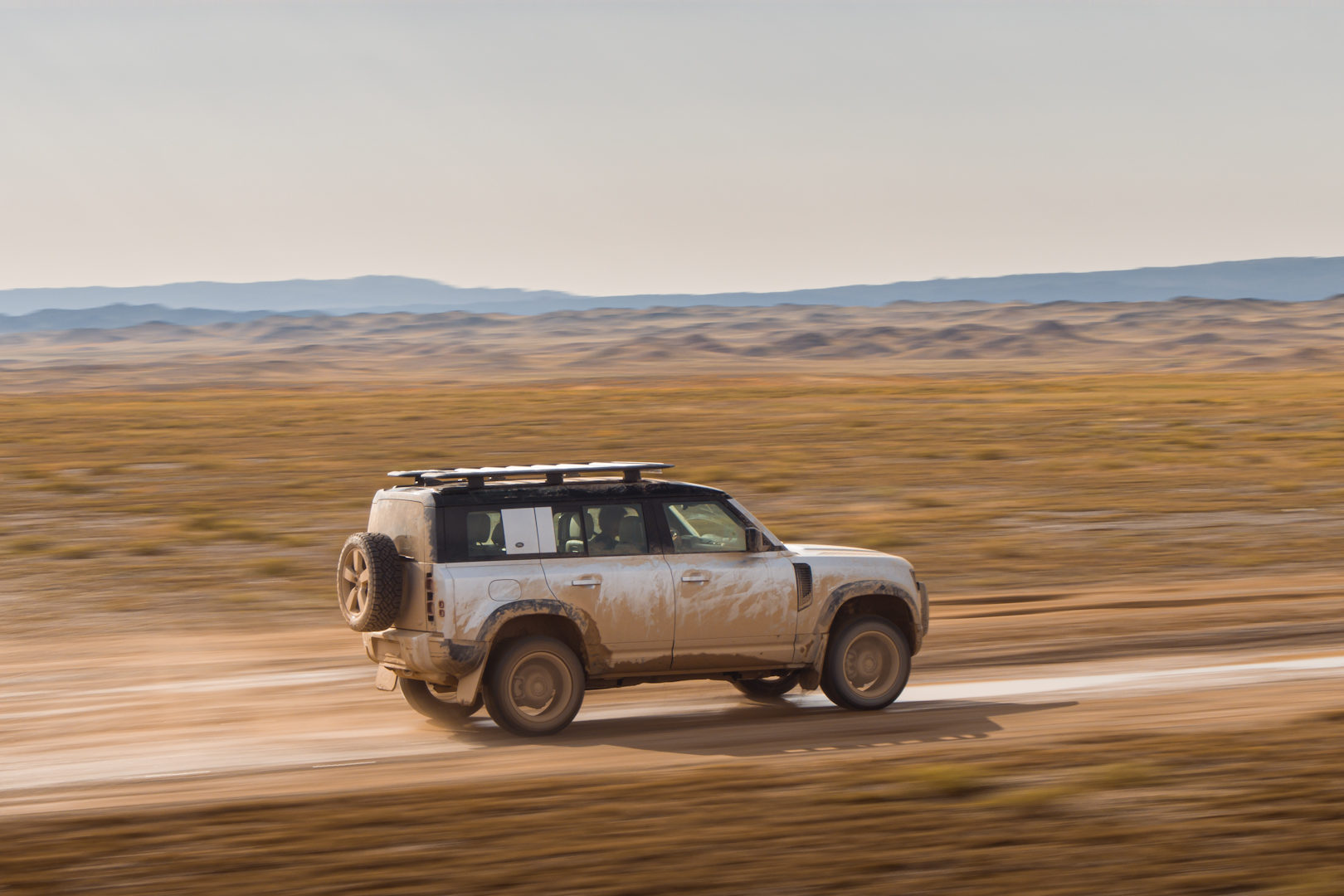
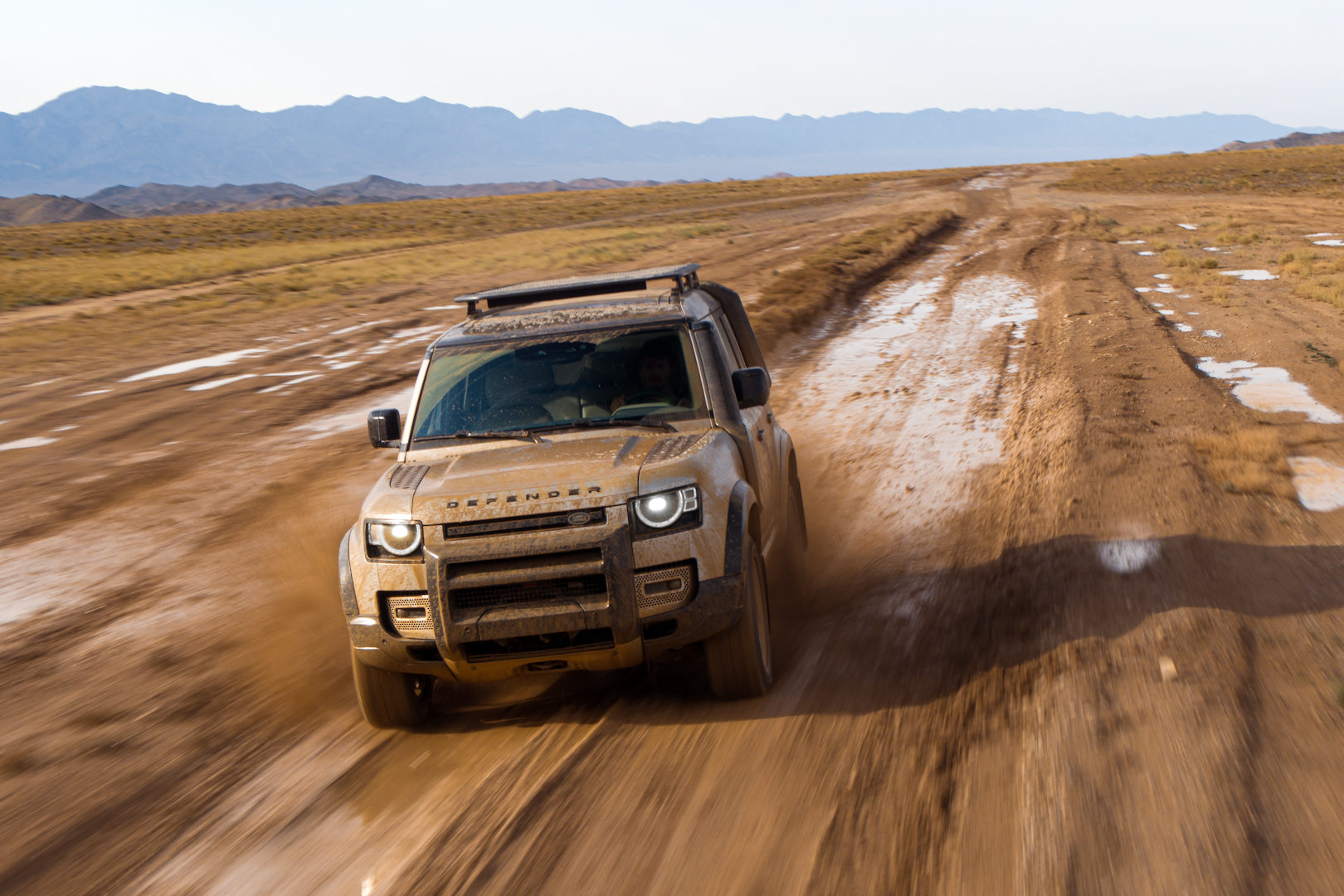
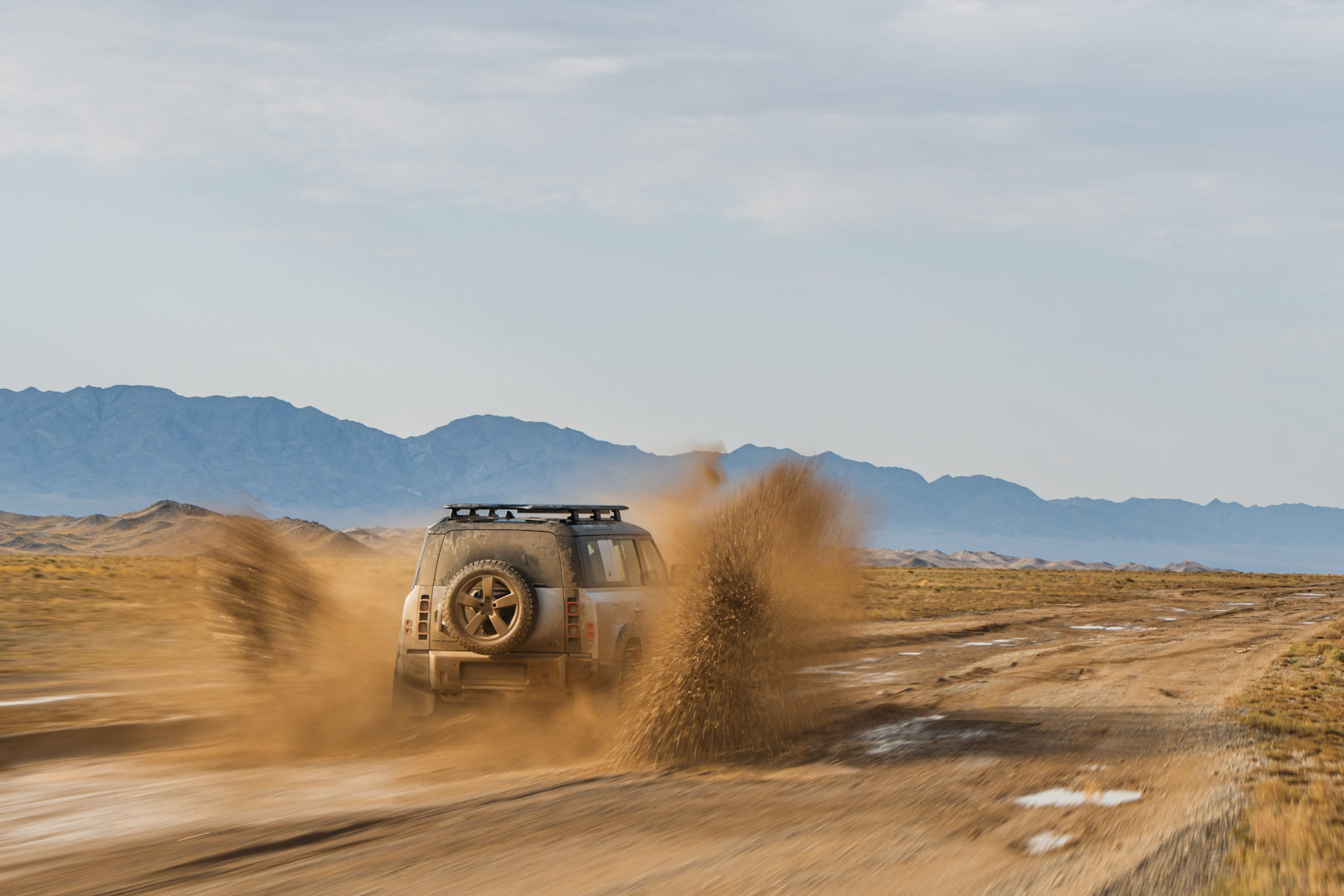
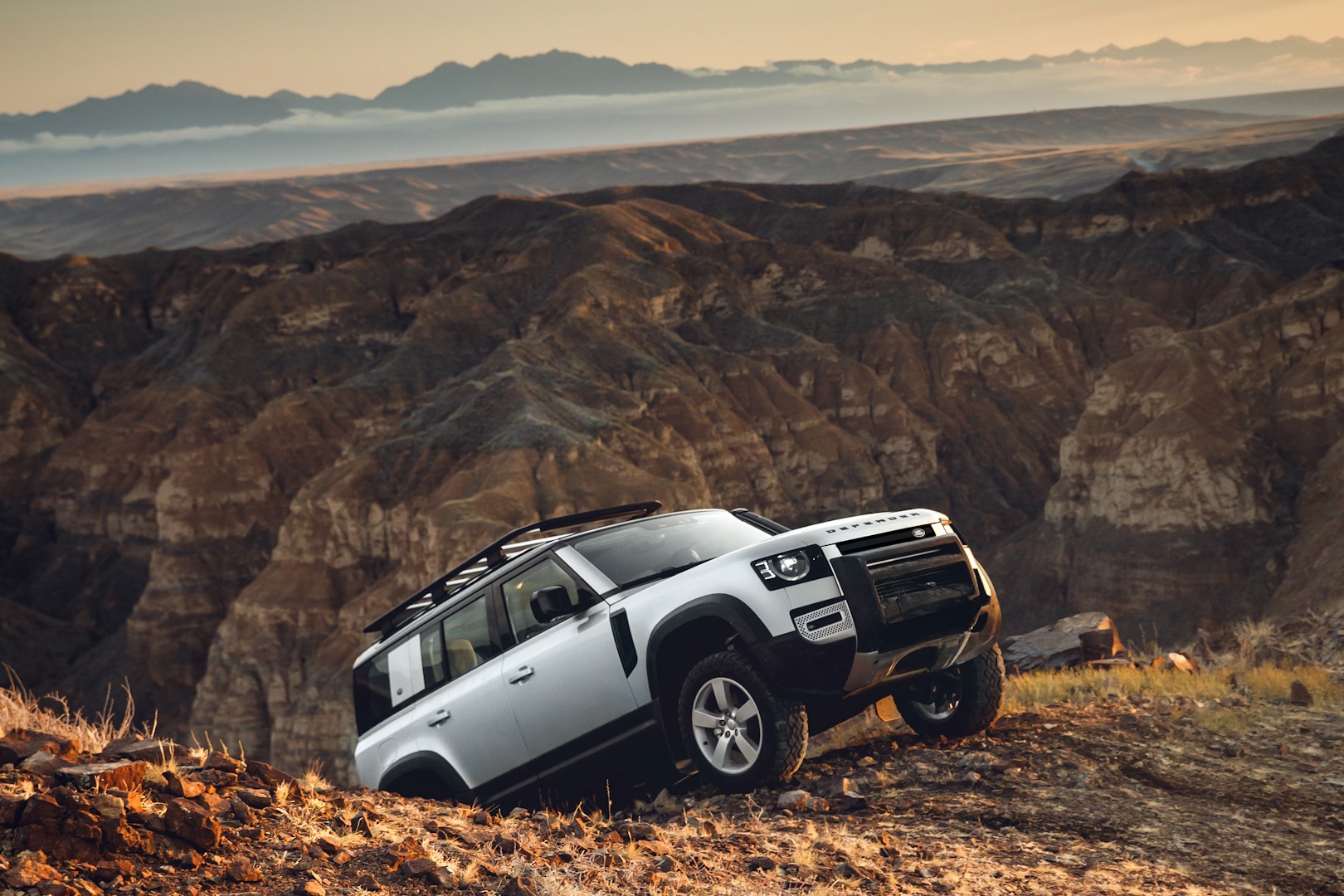
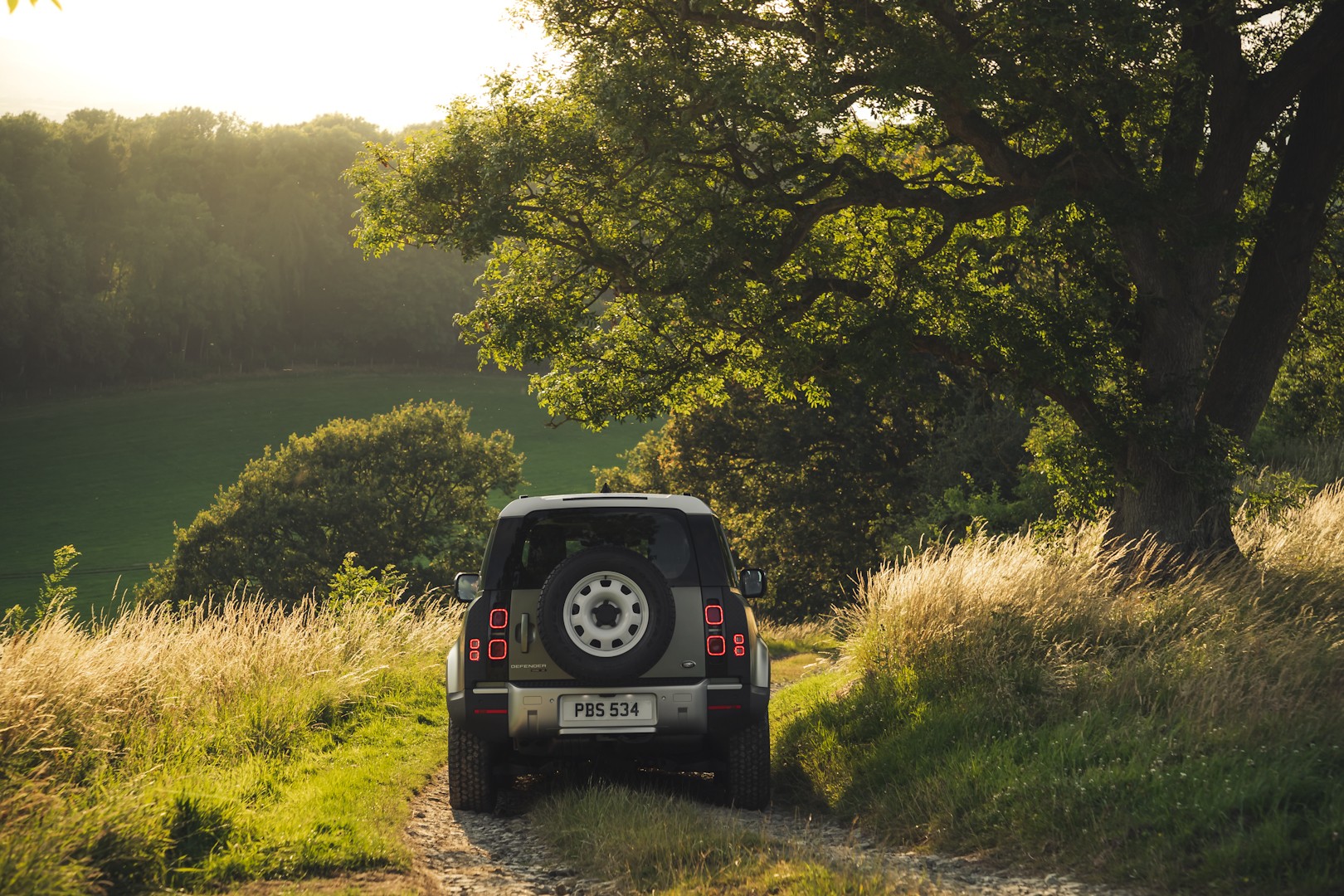
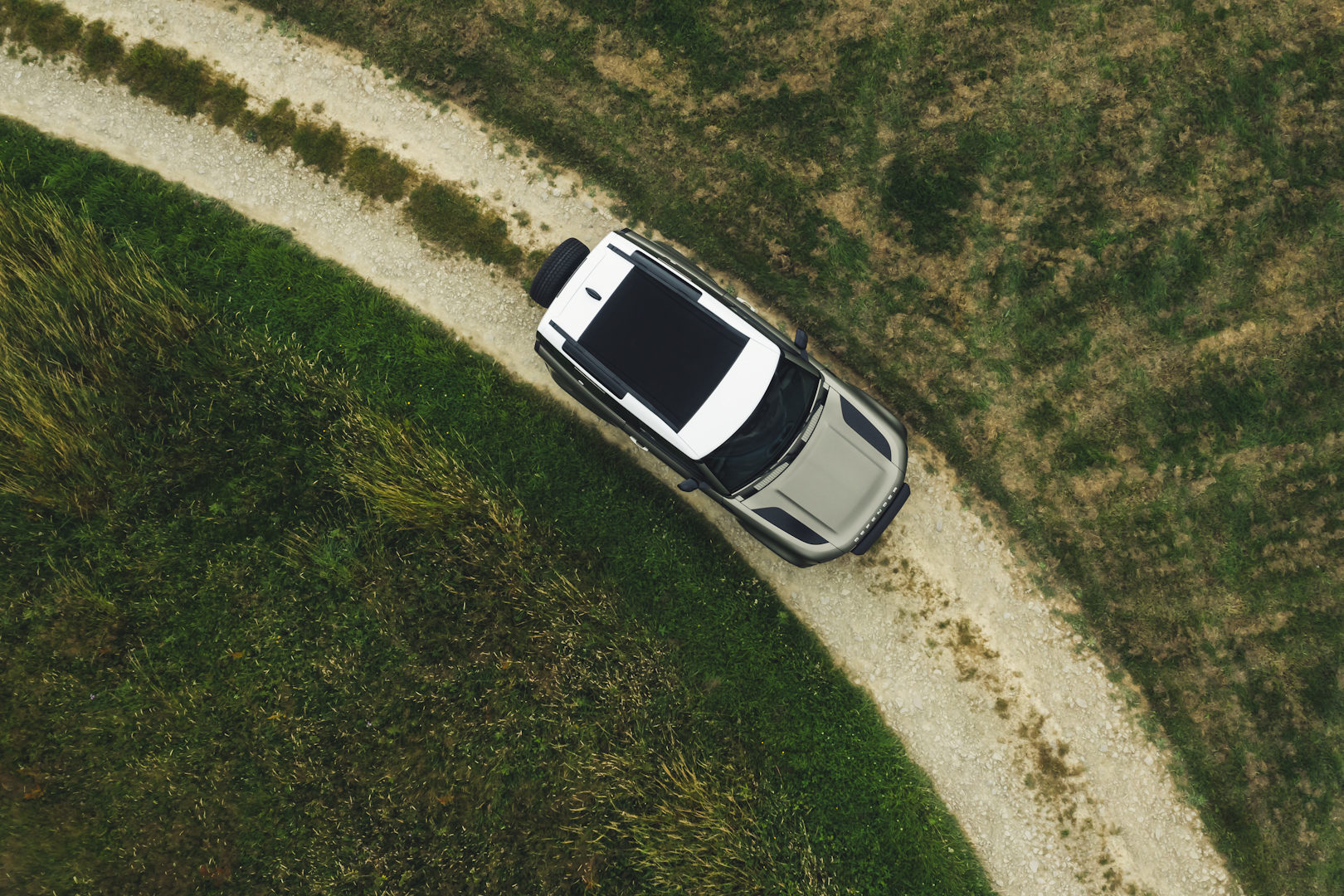

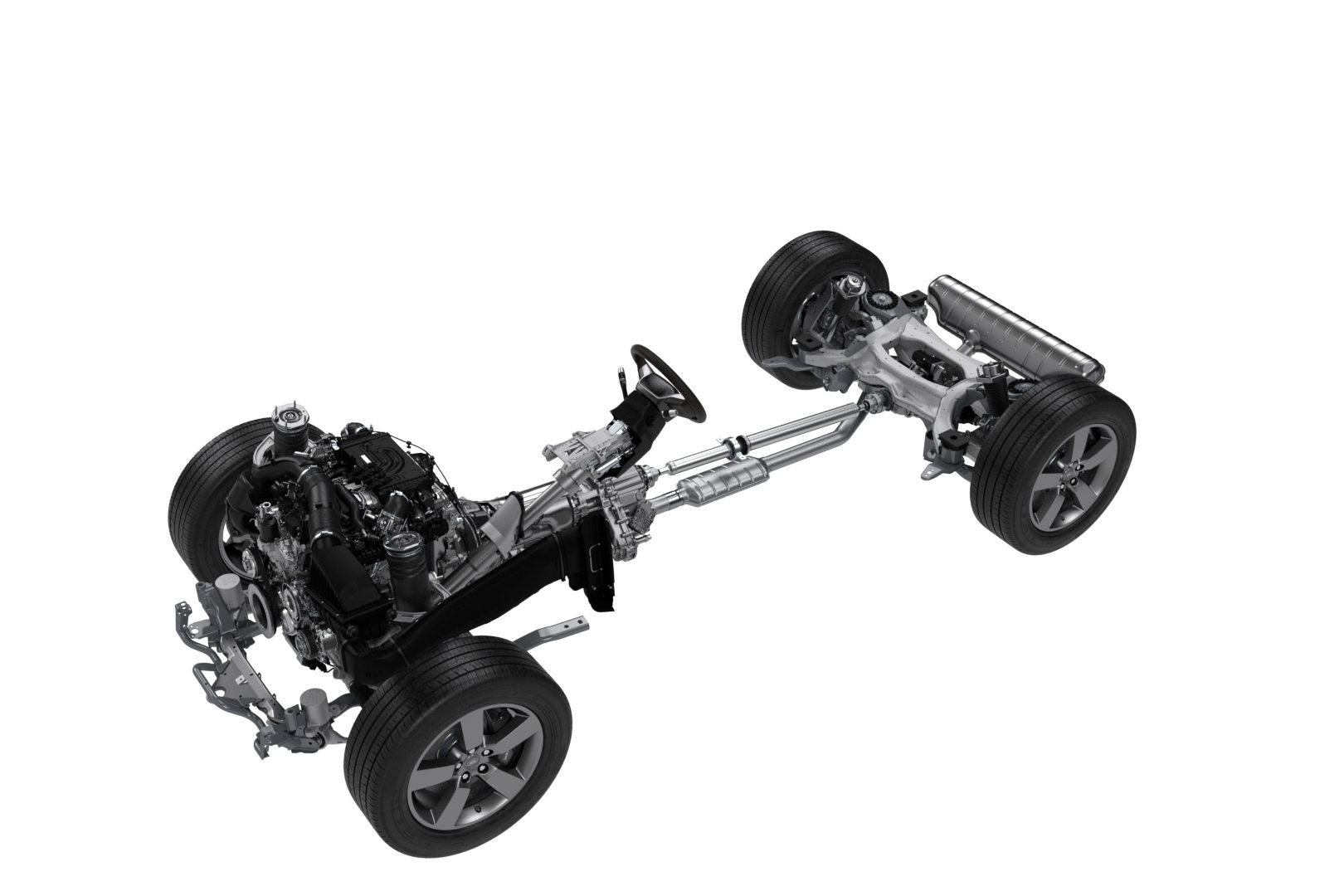
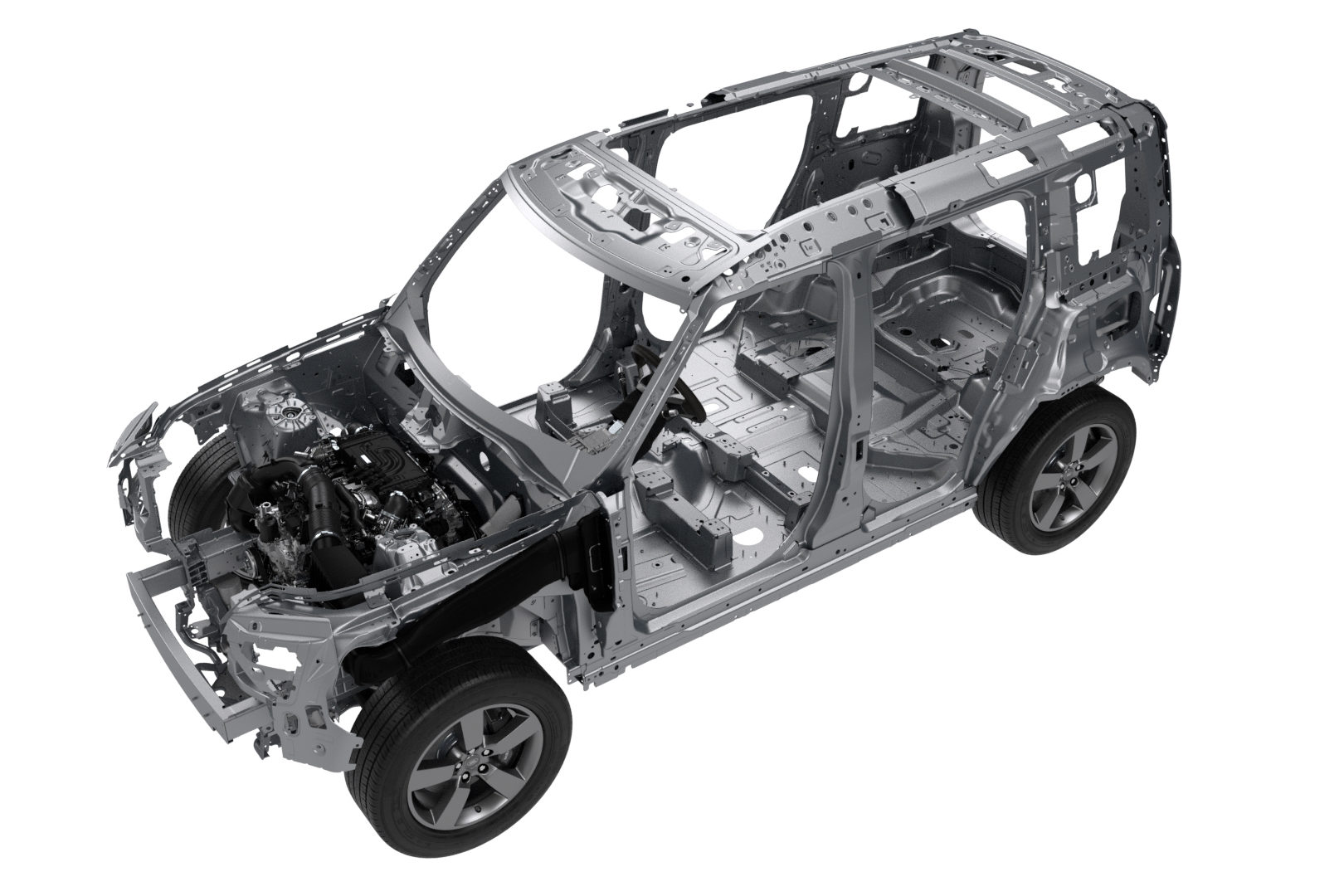
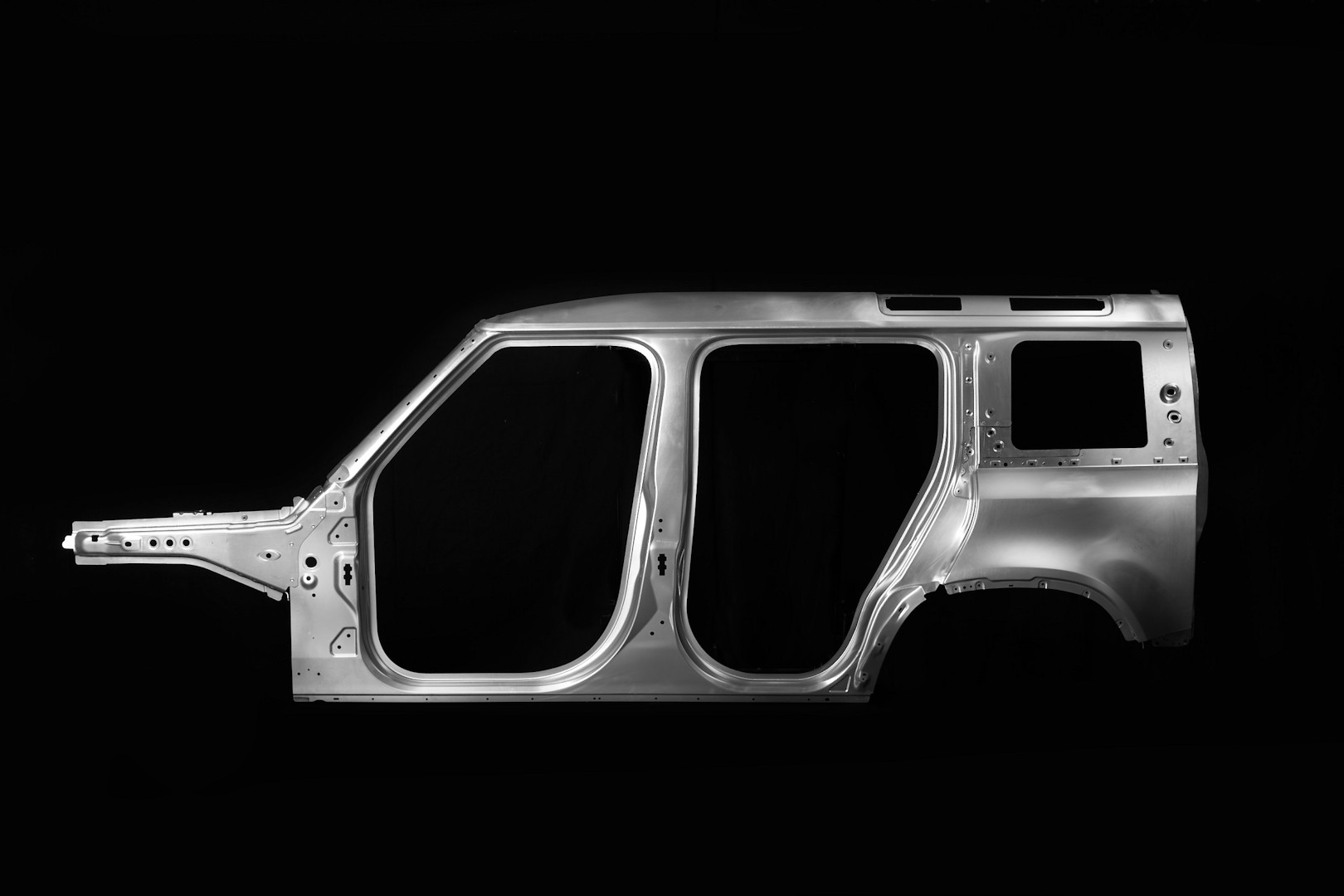



Comment